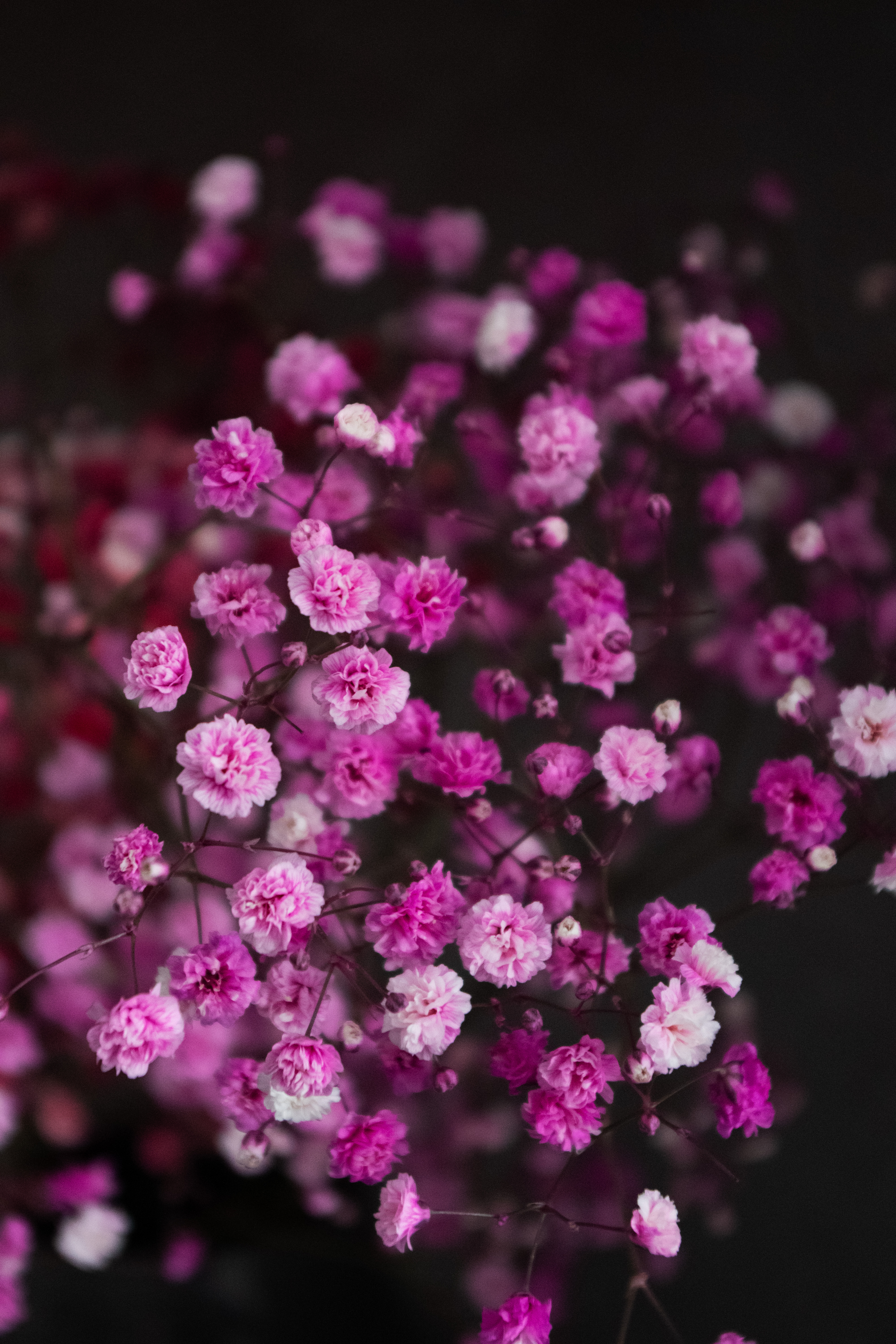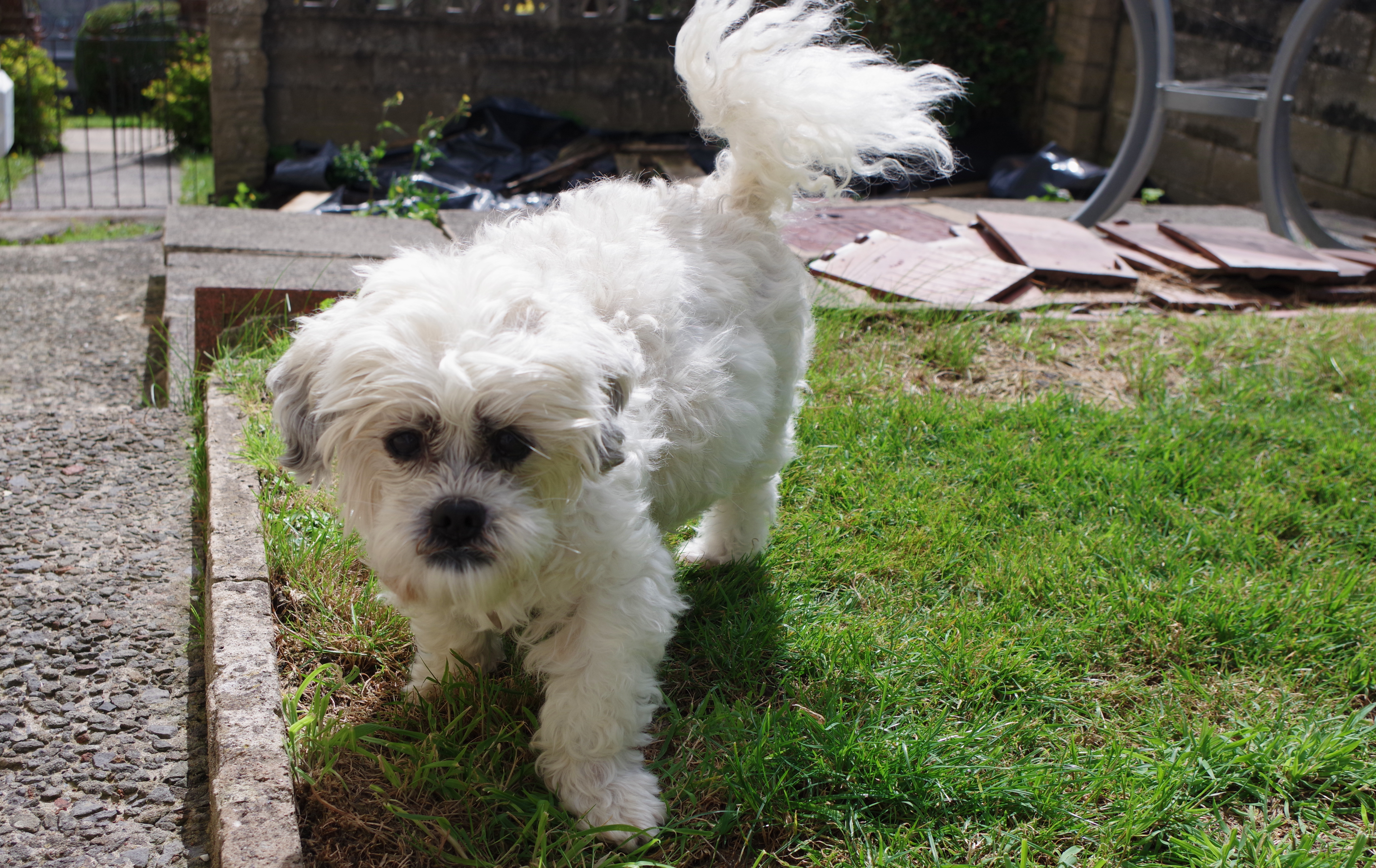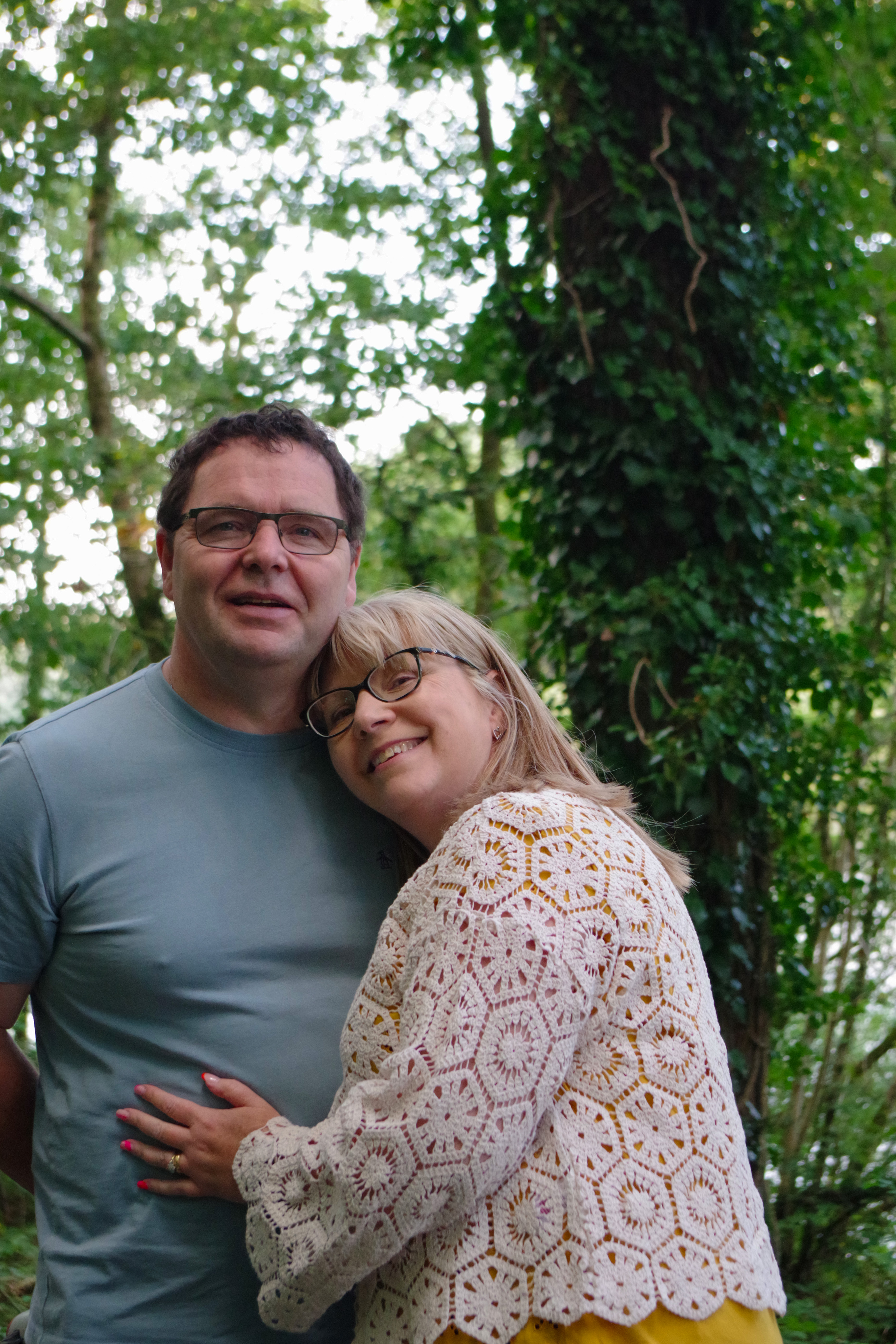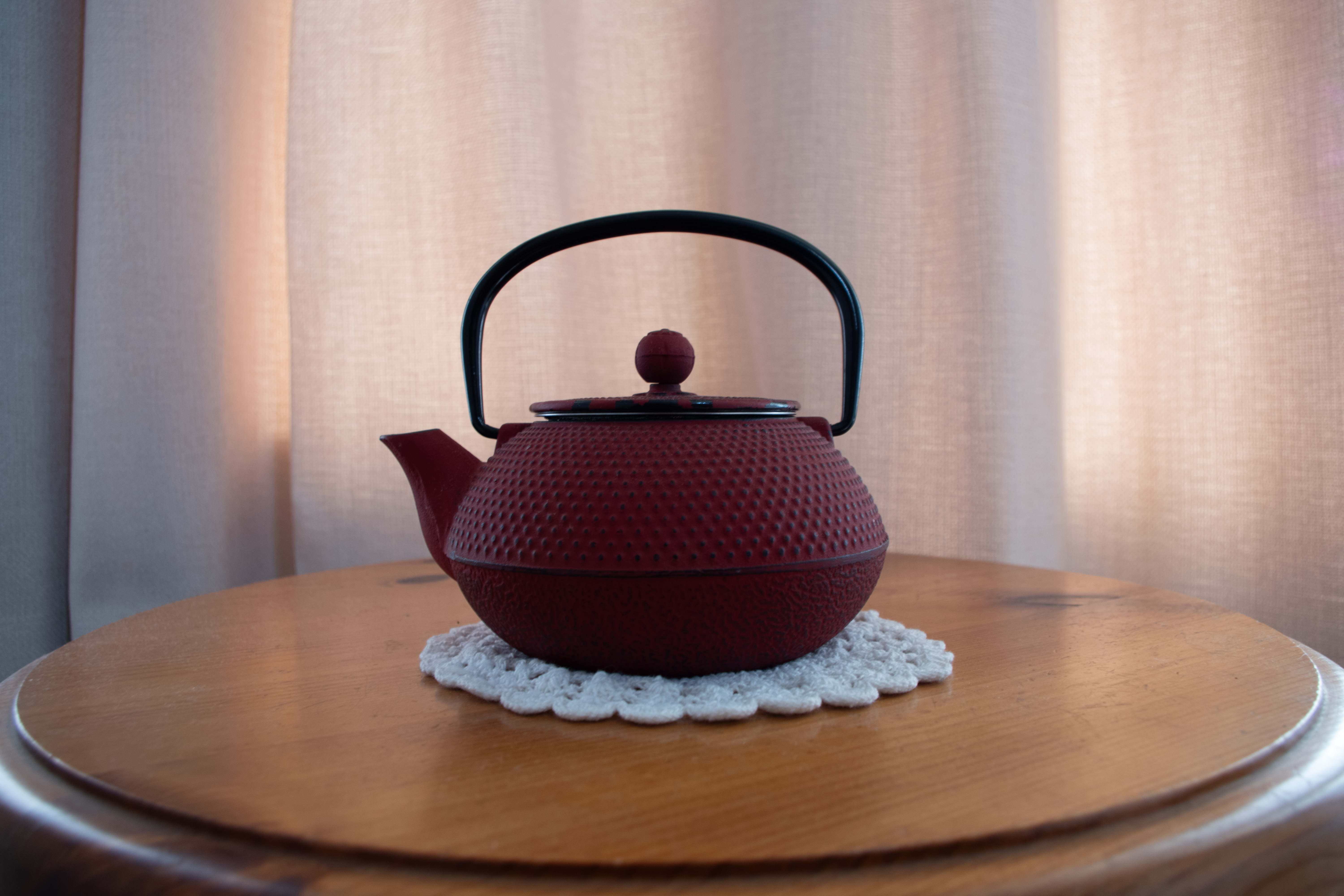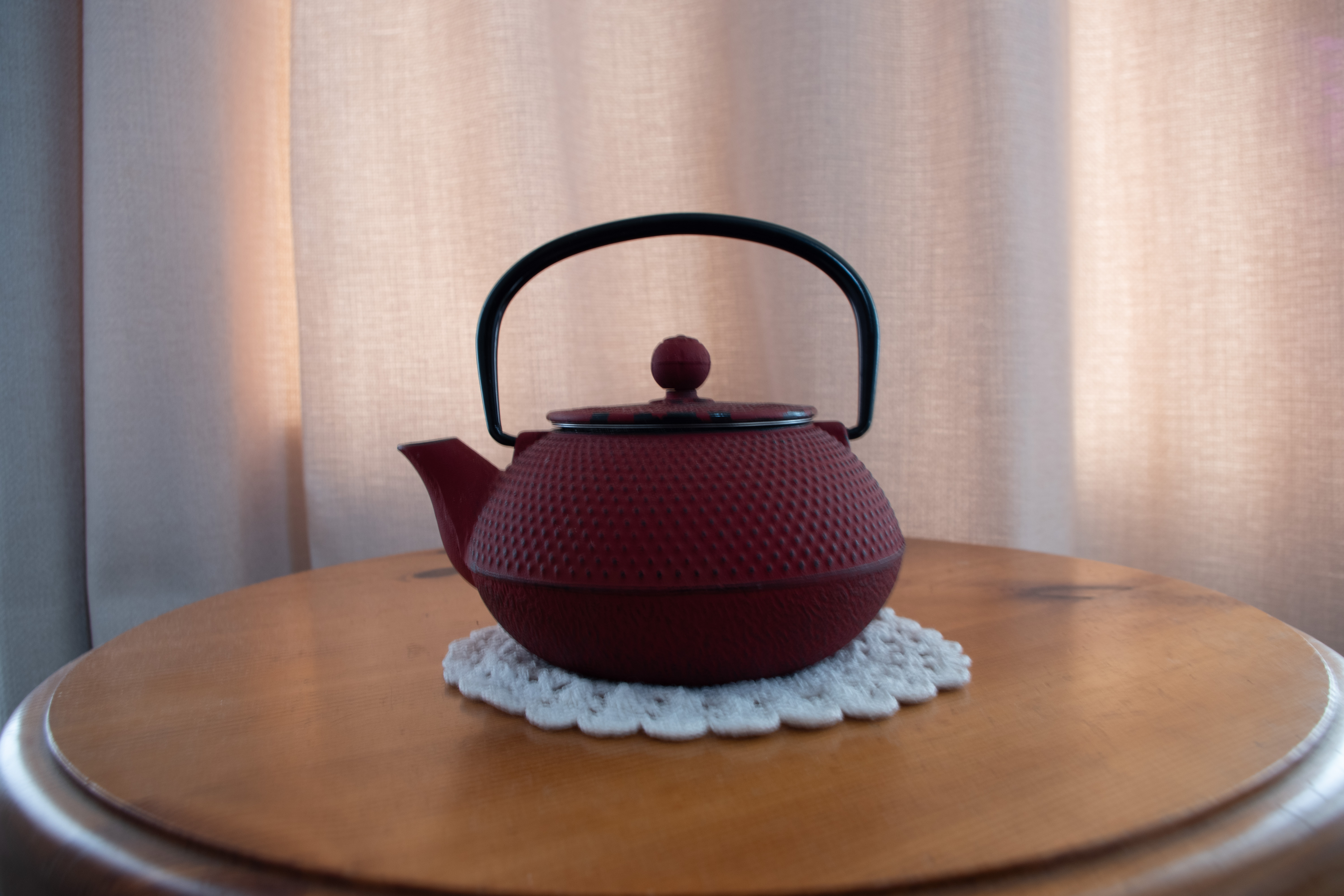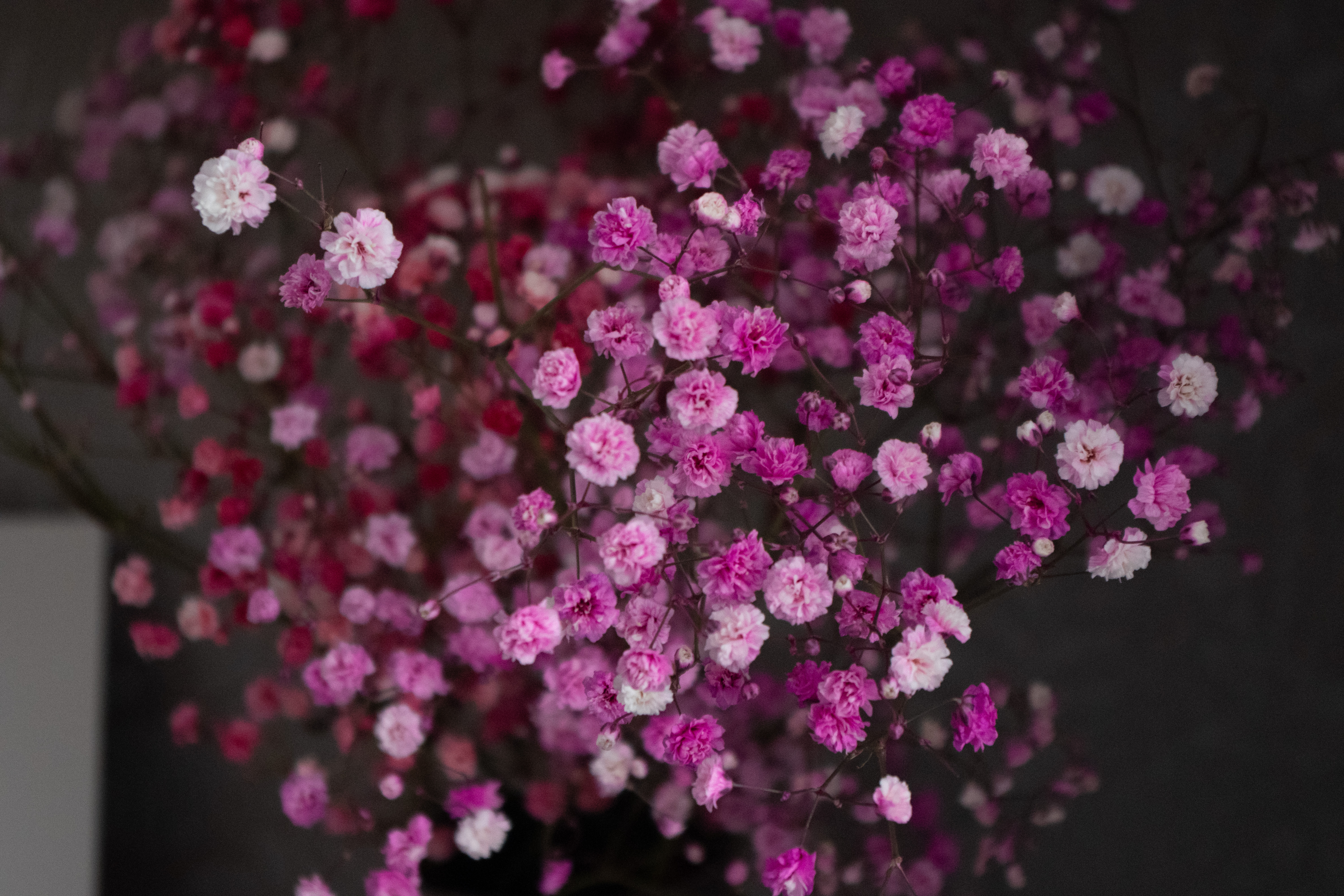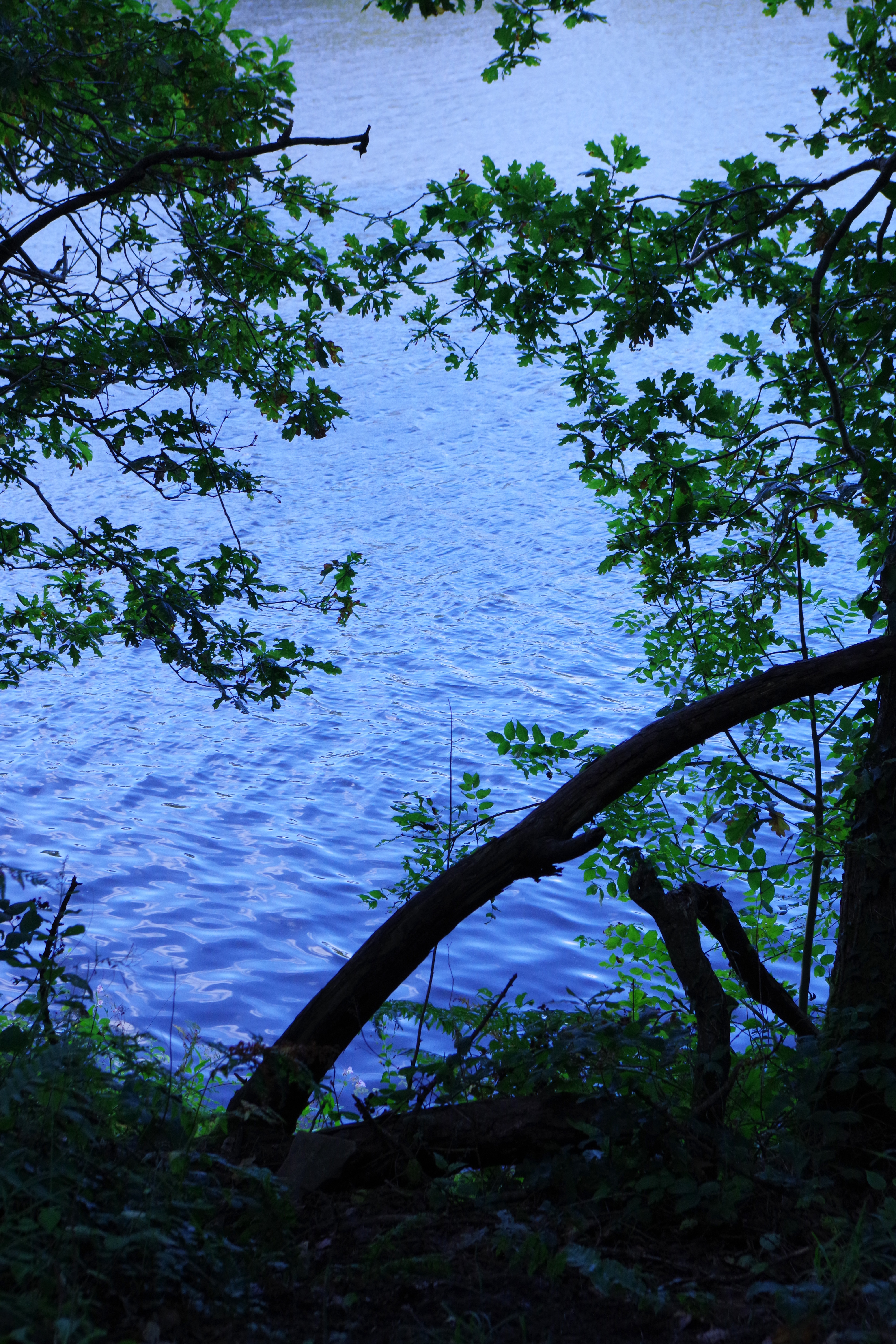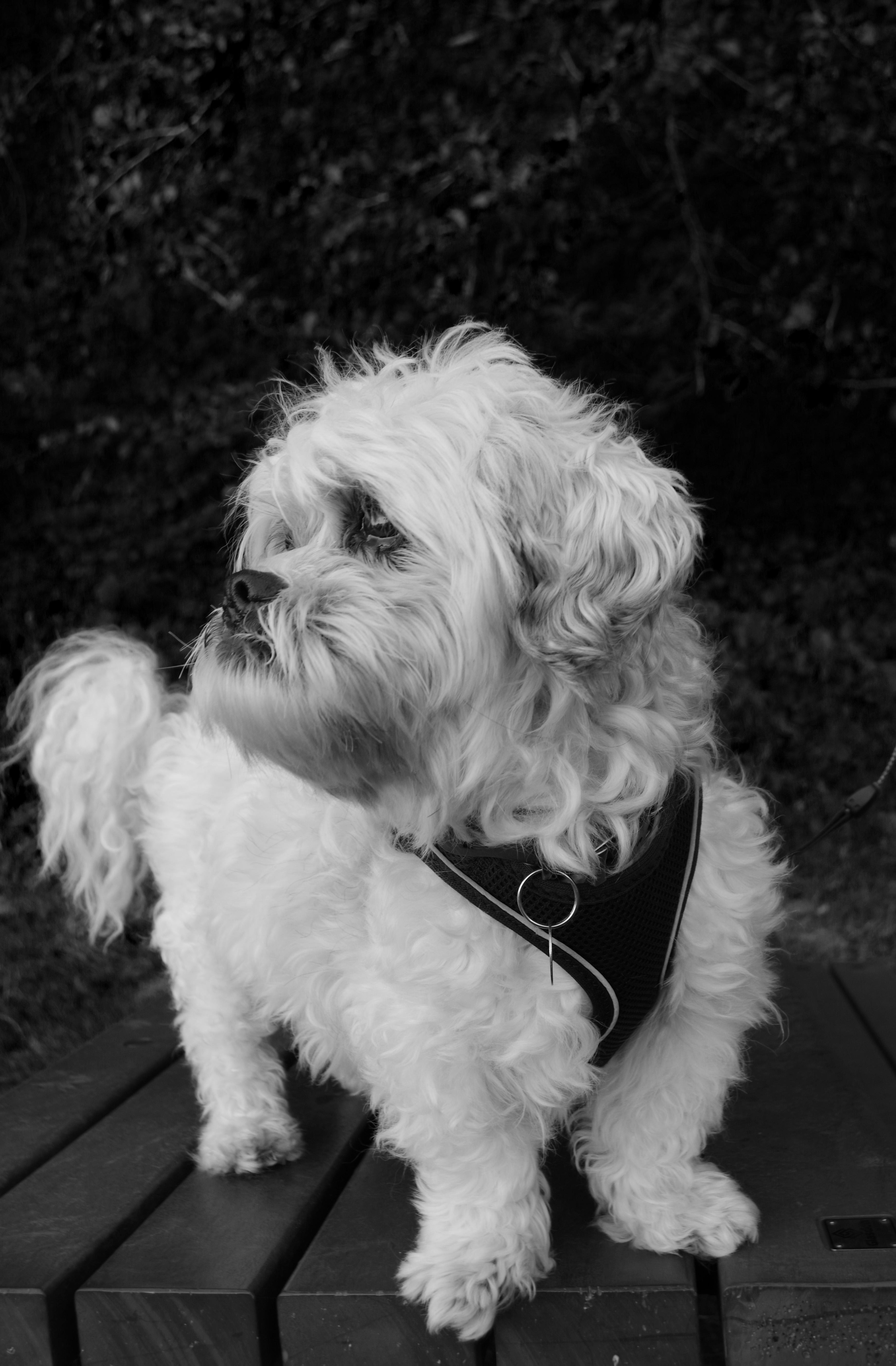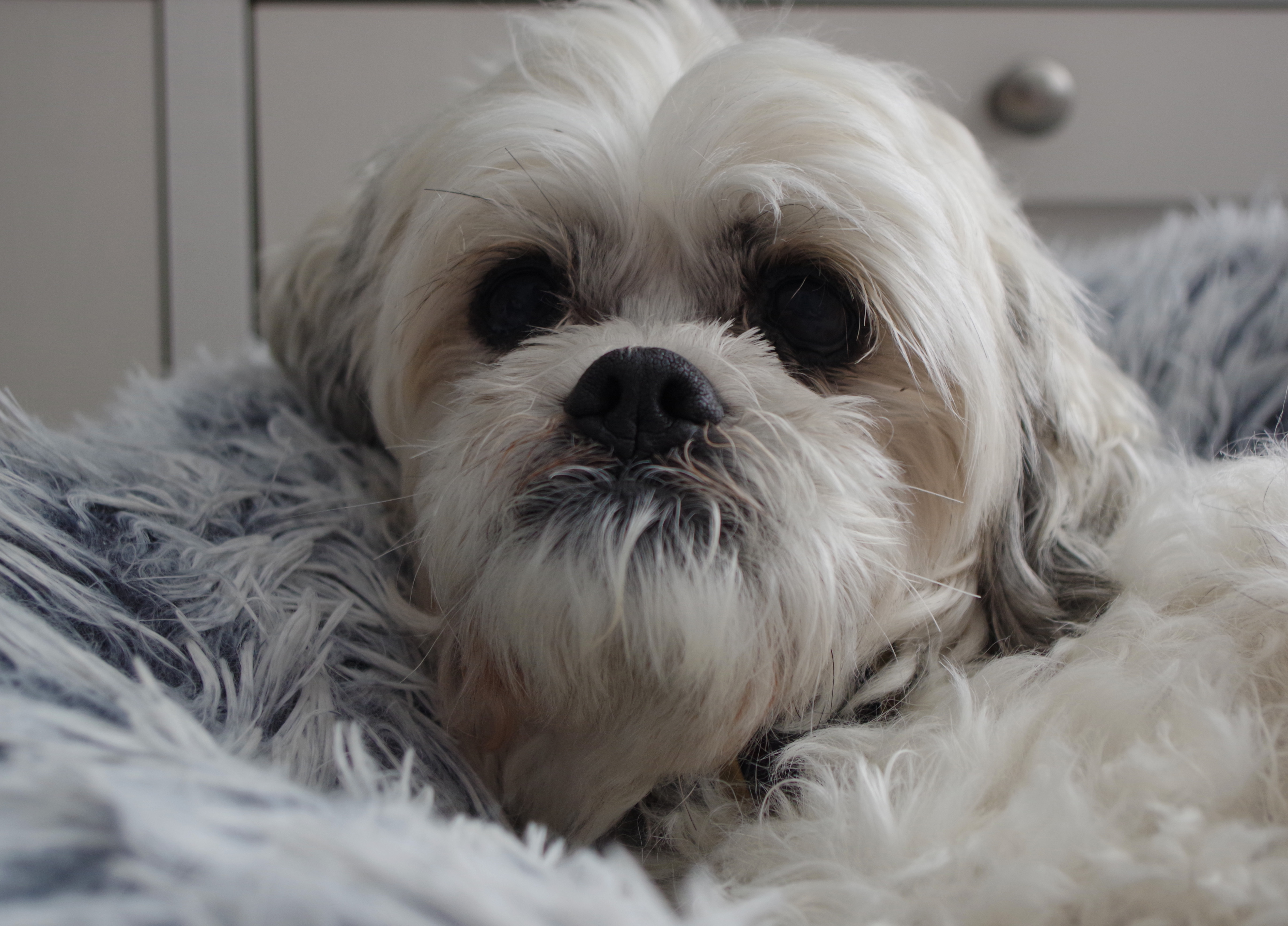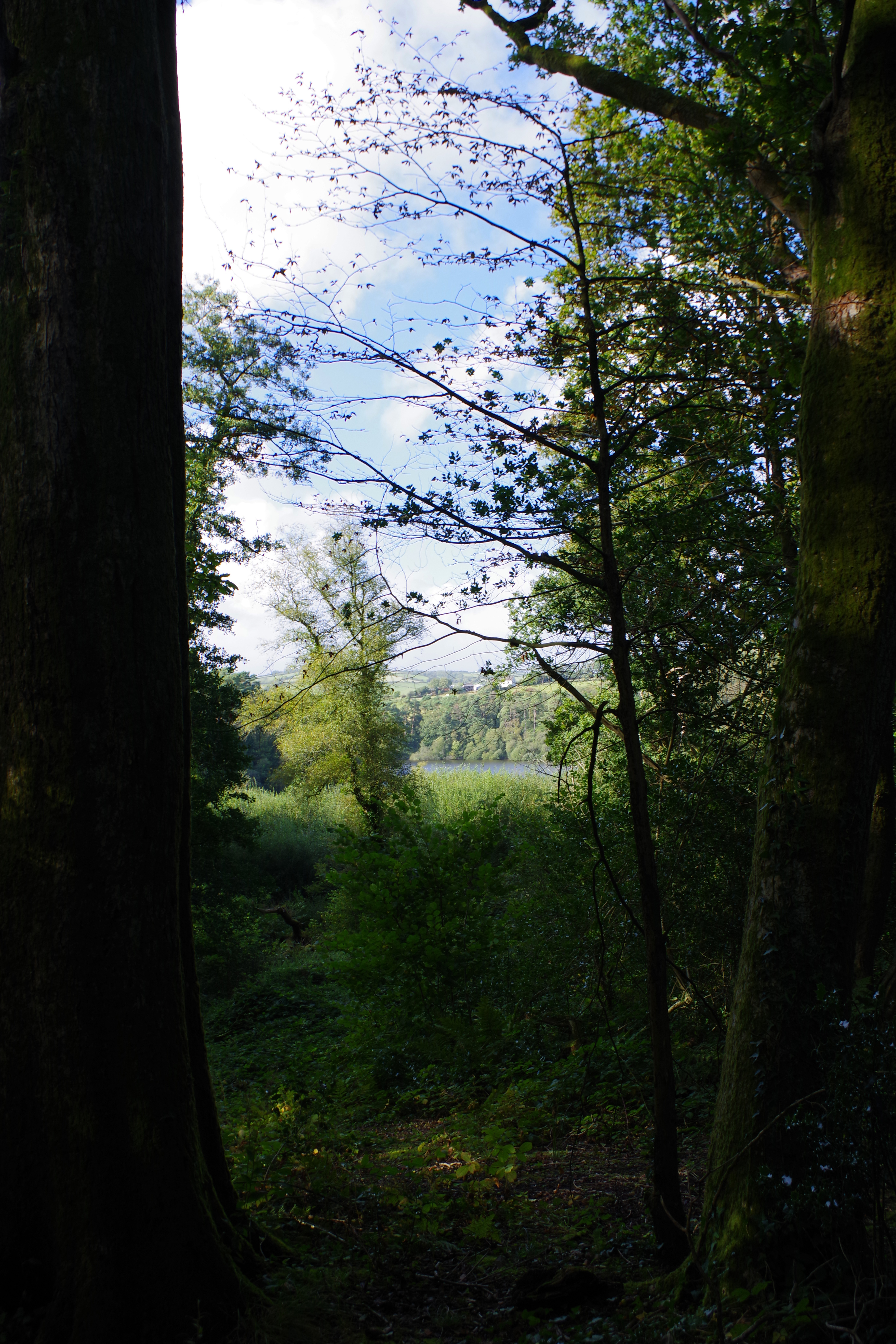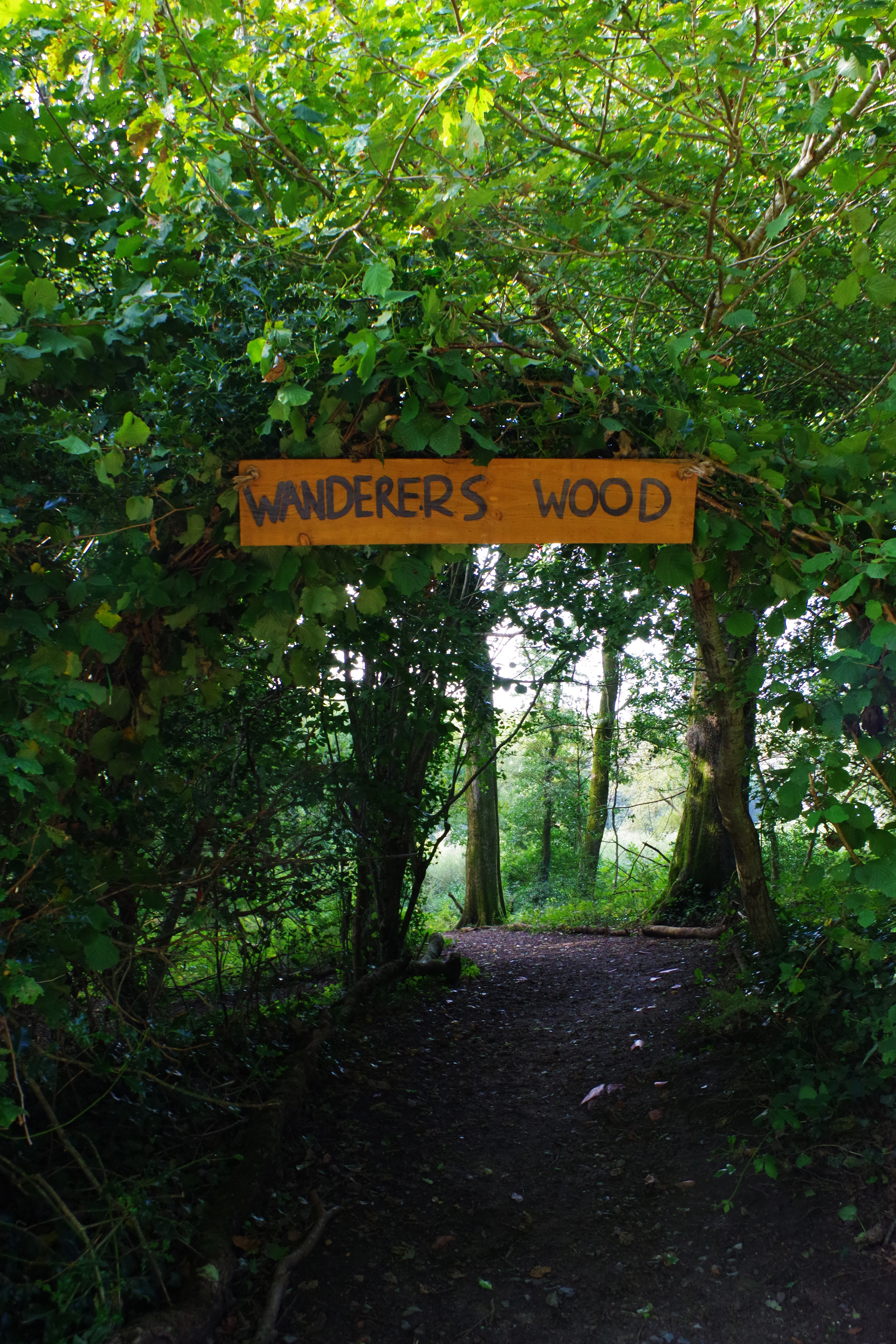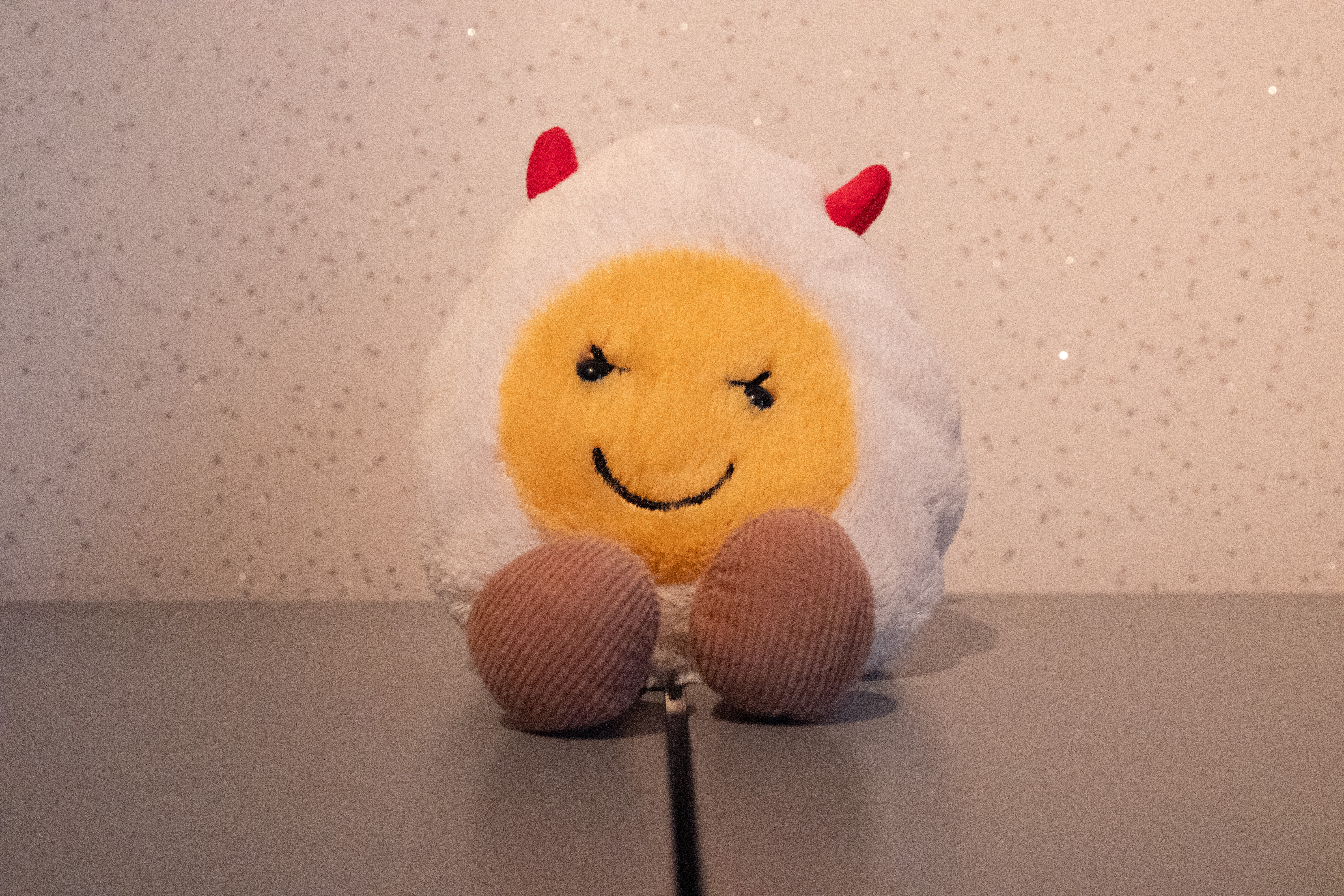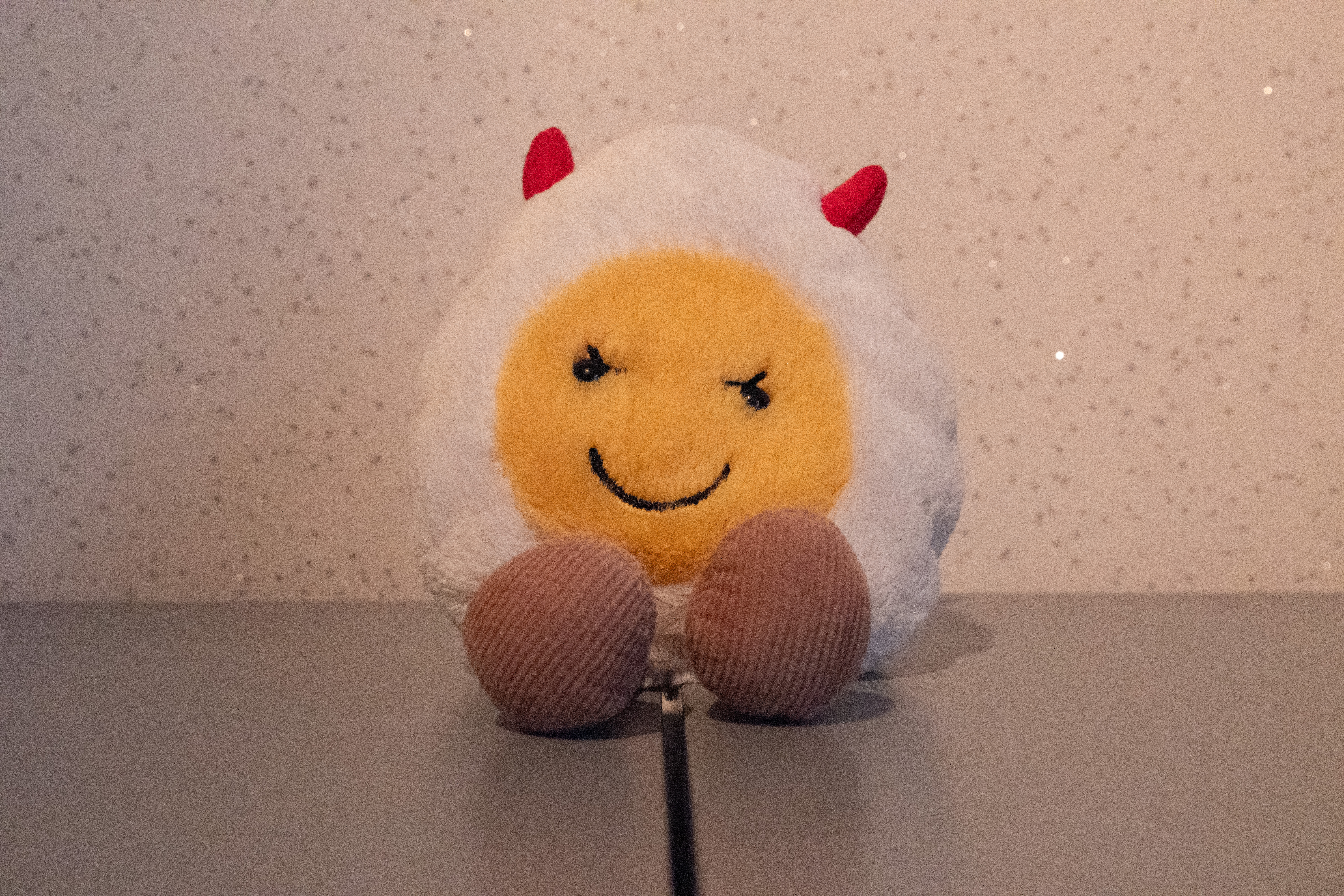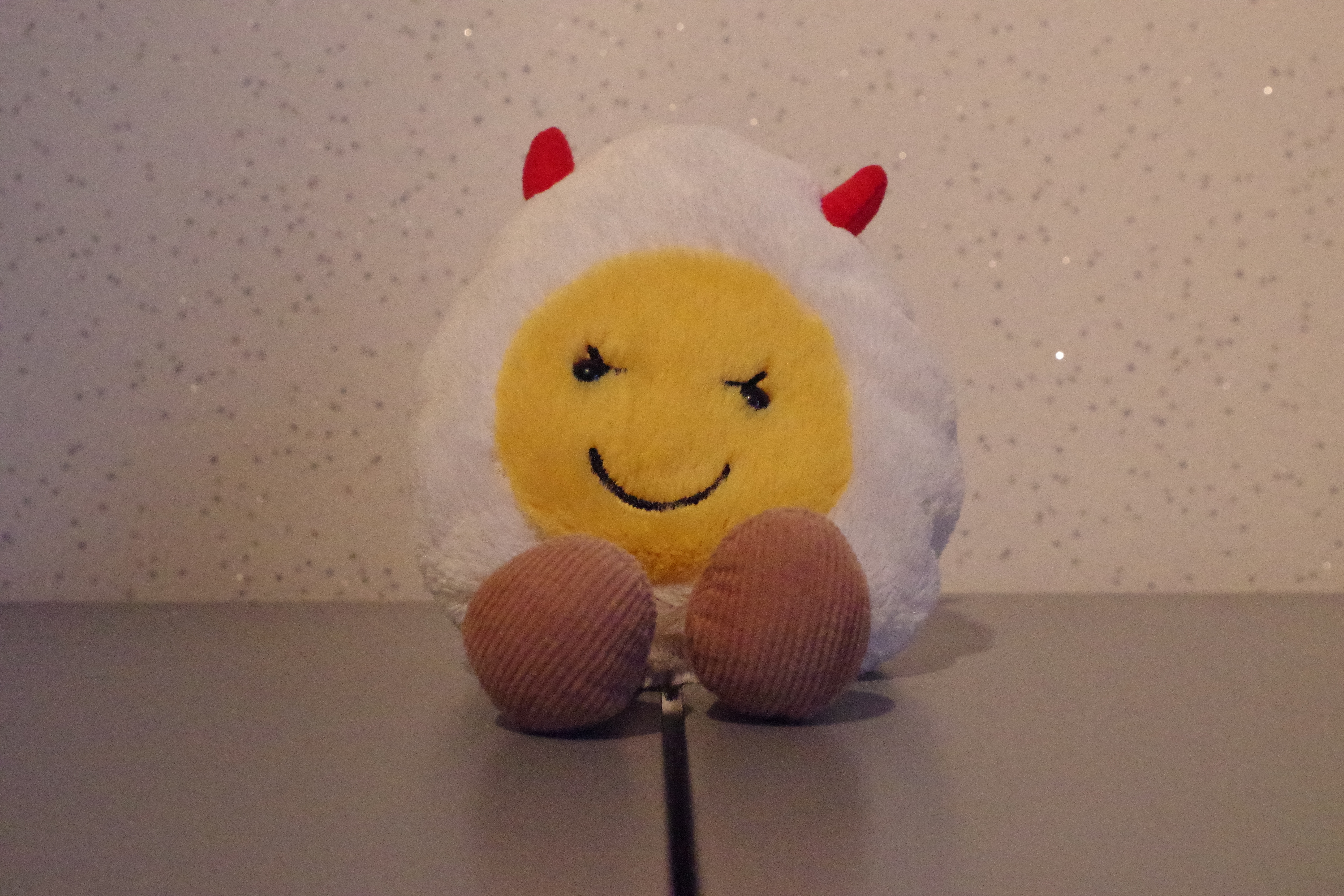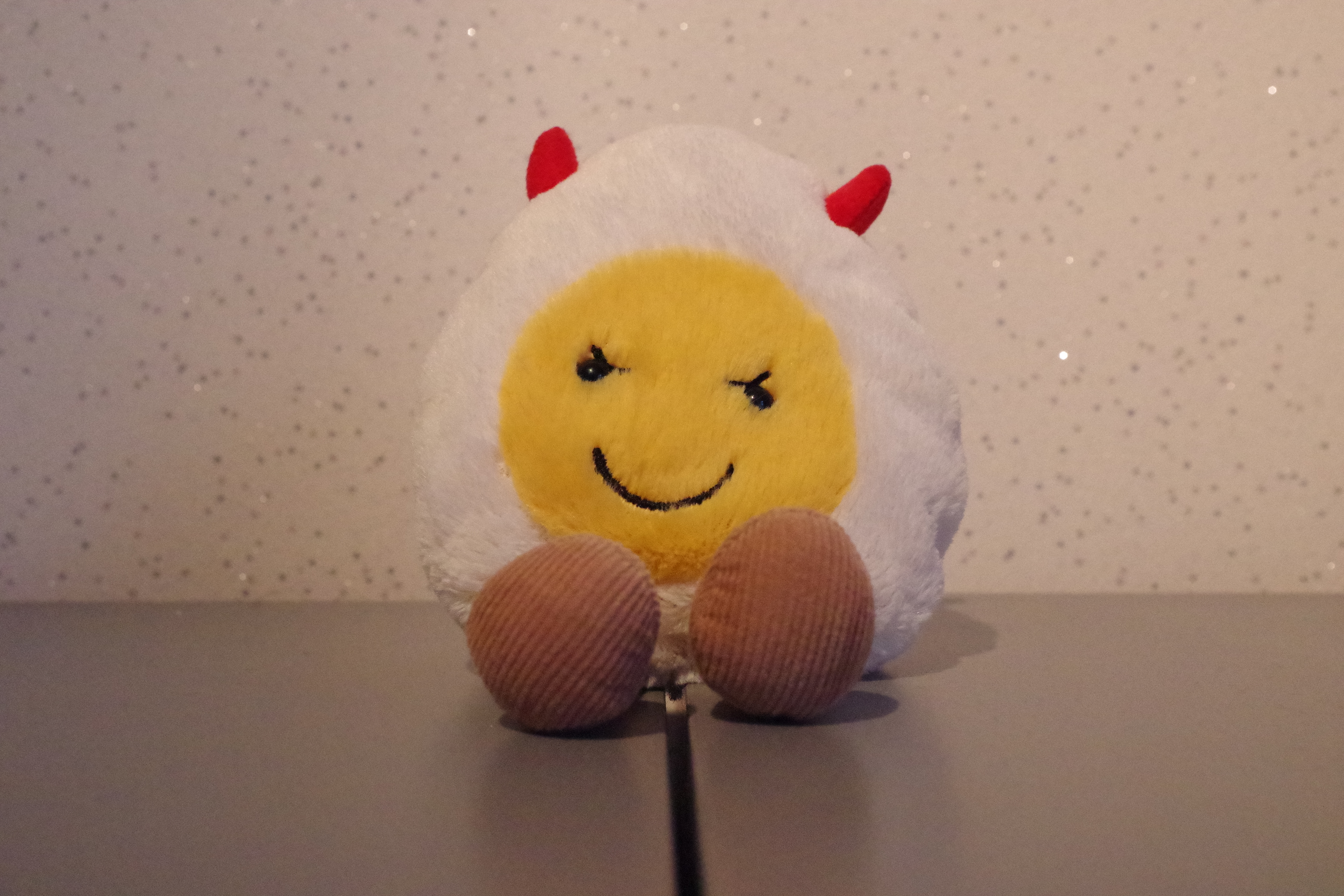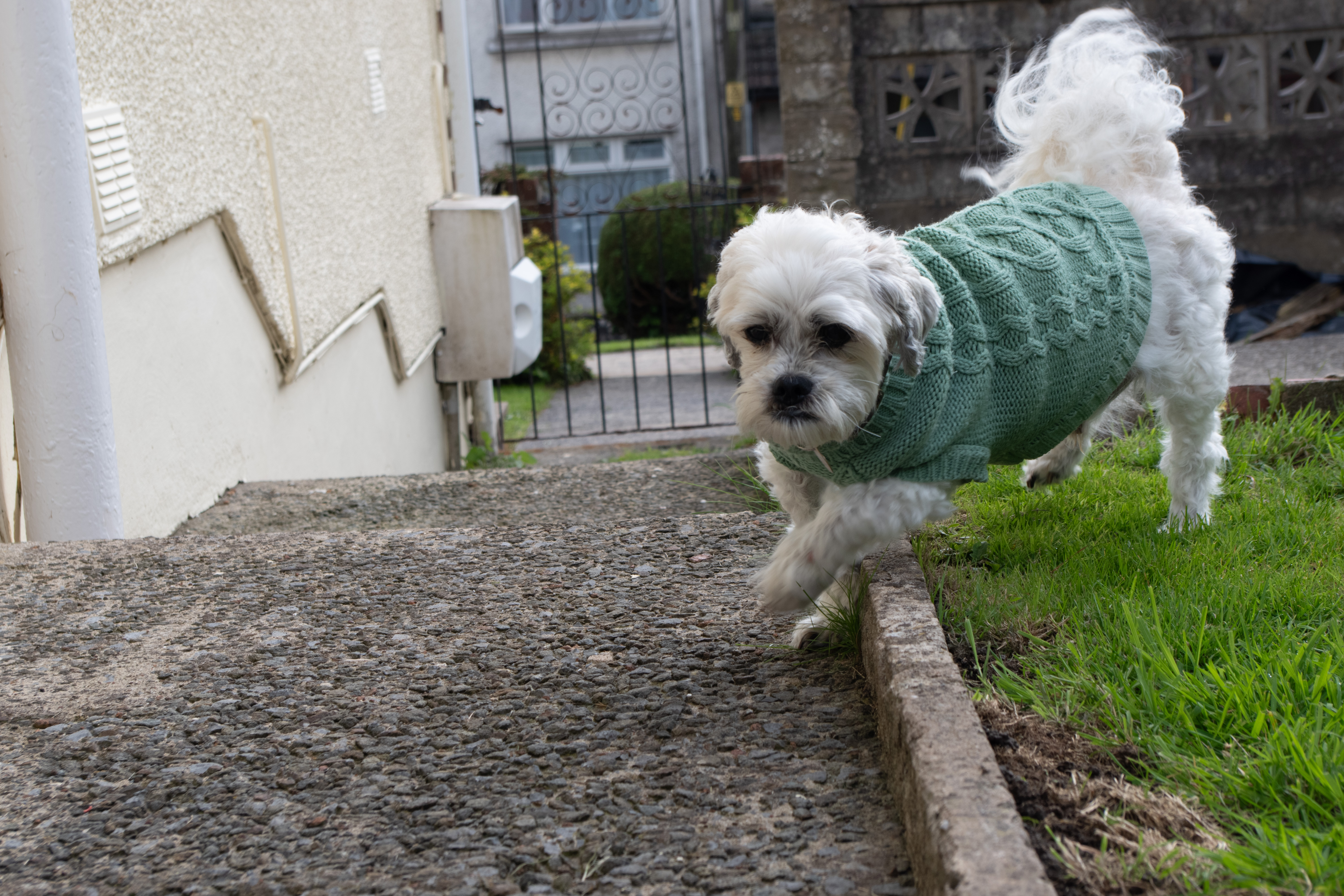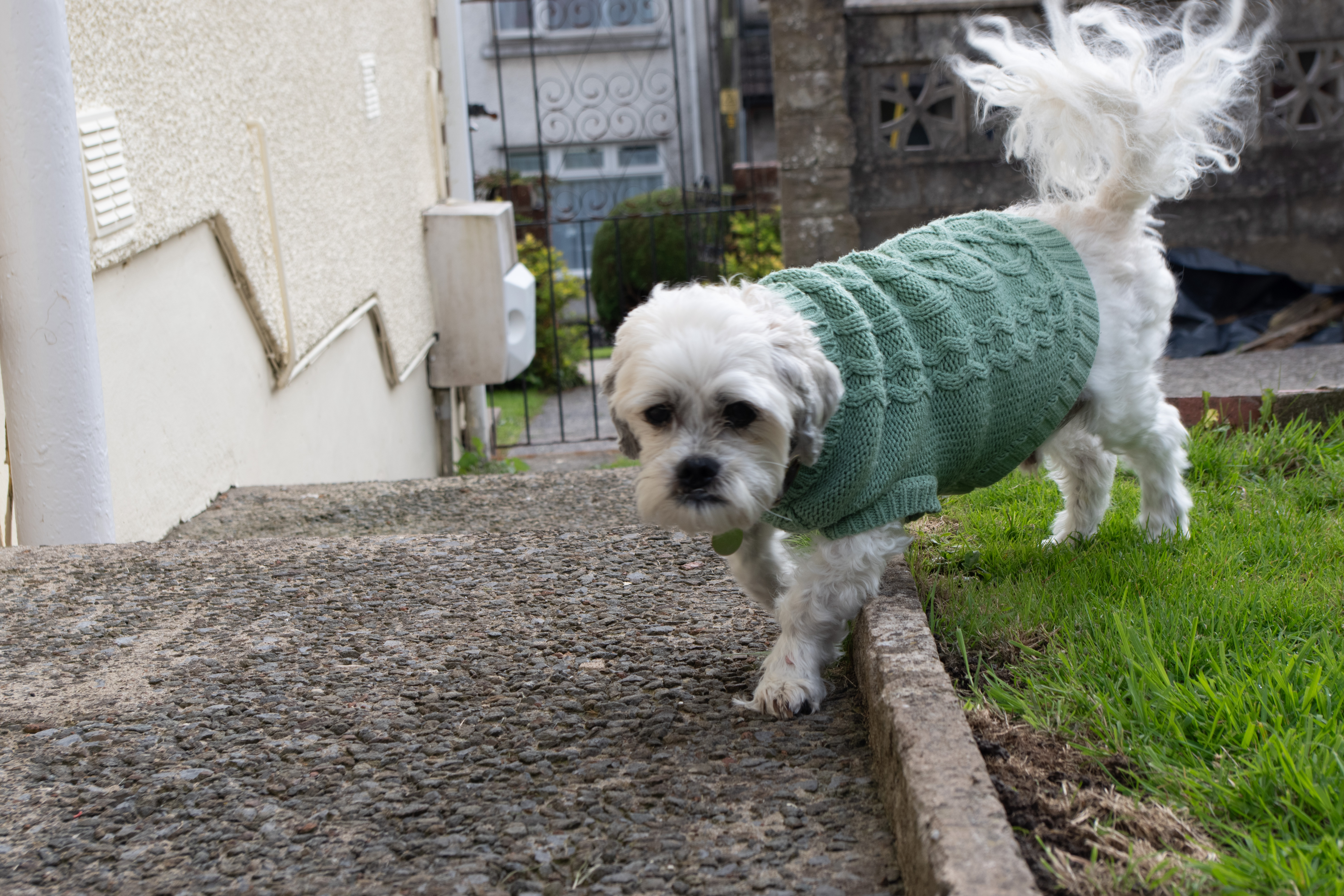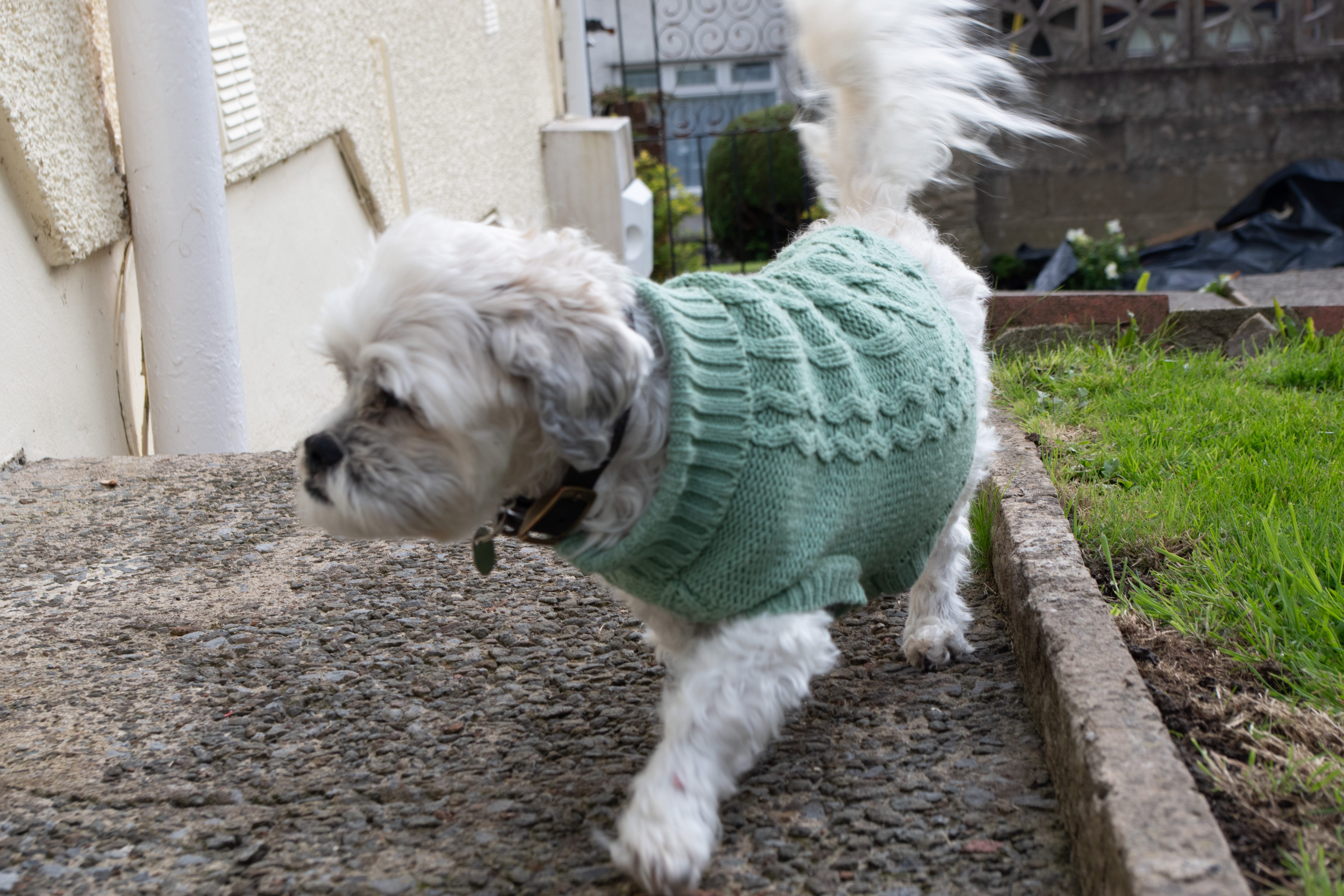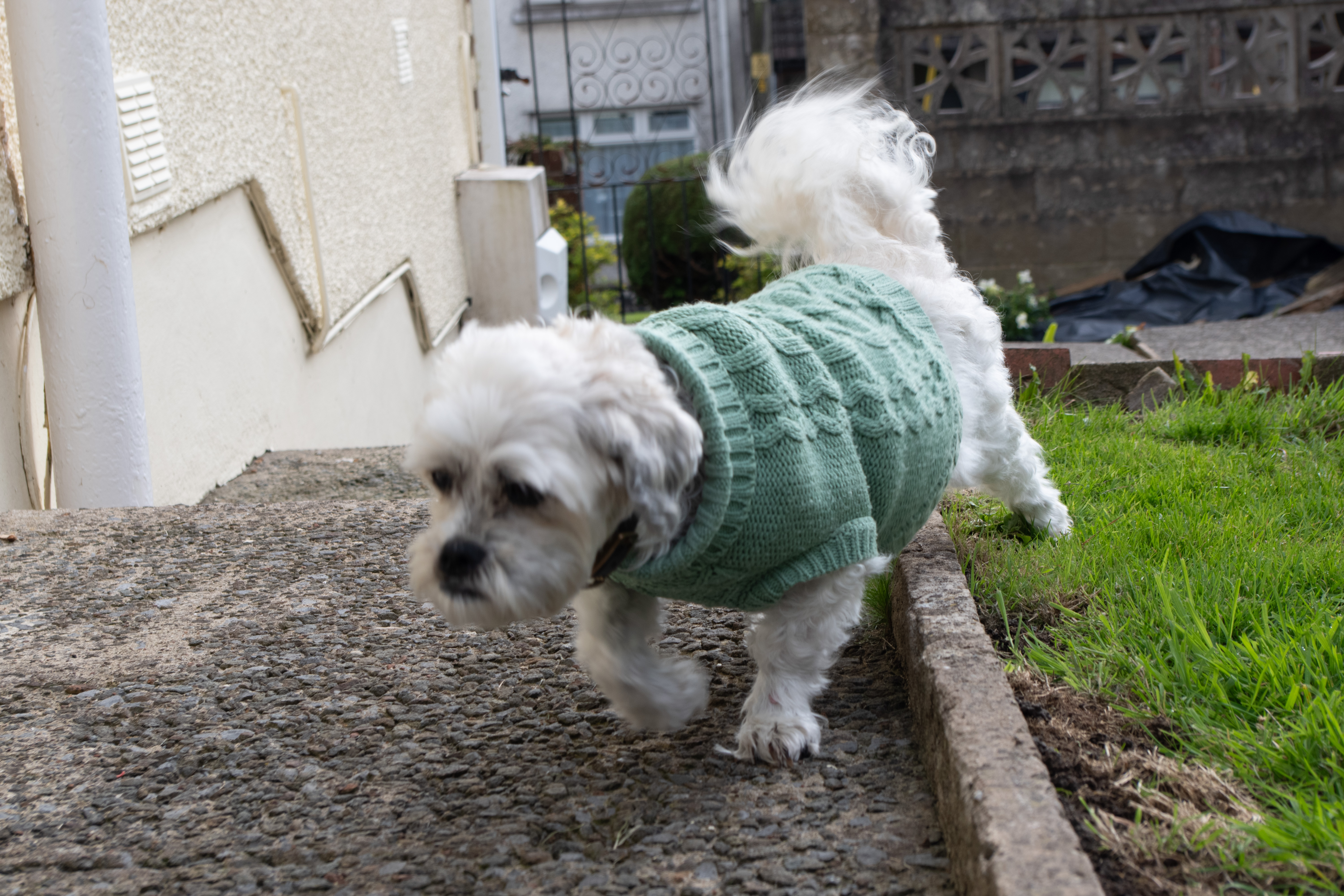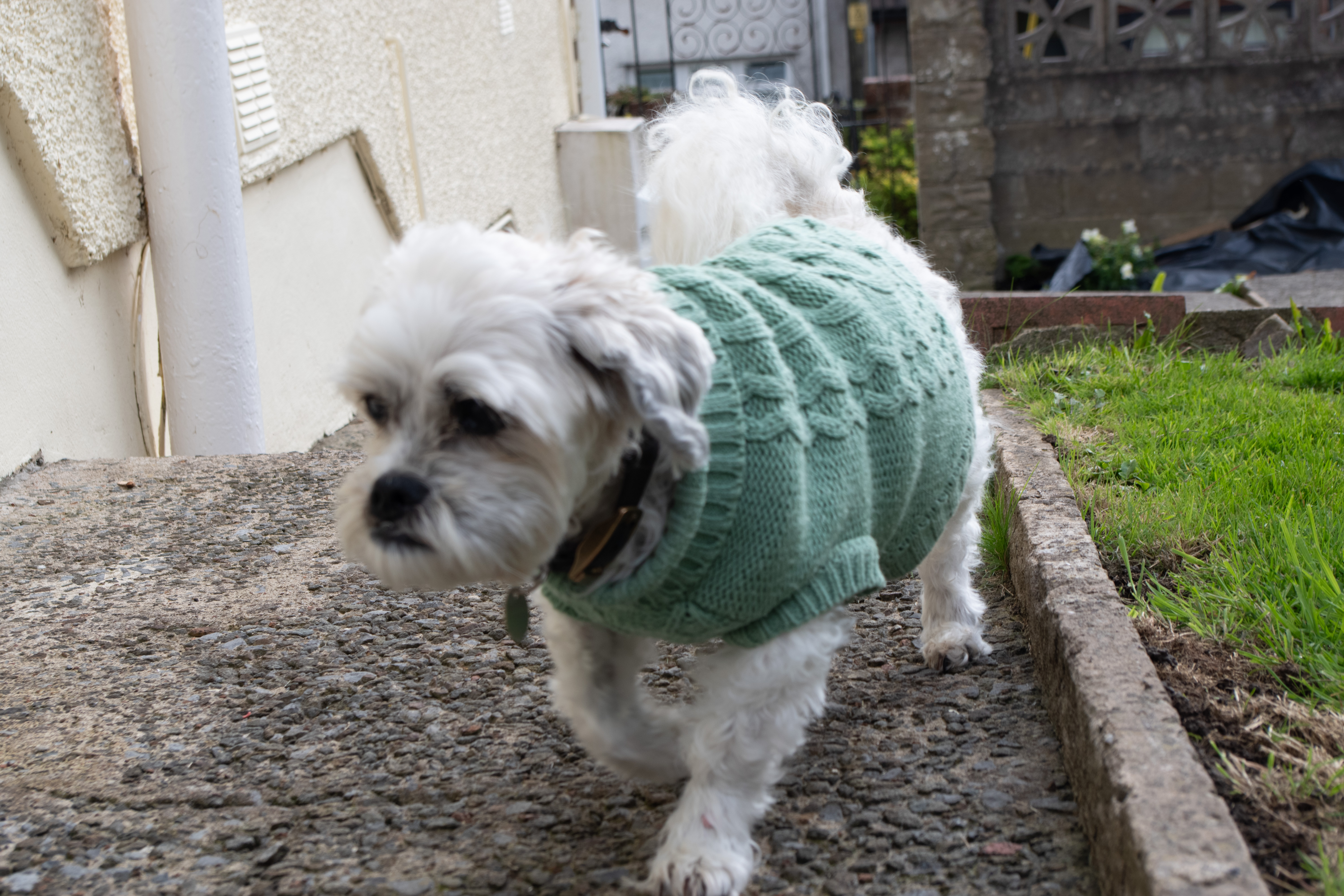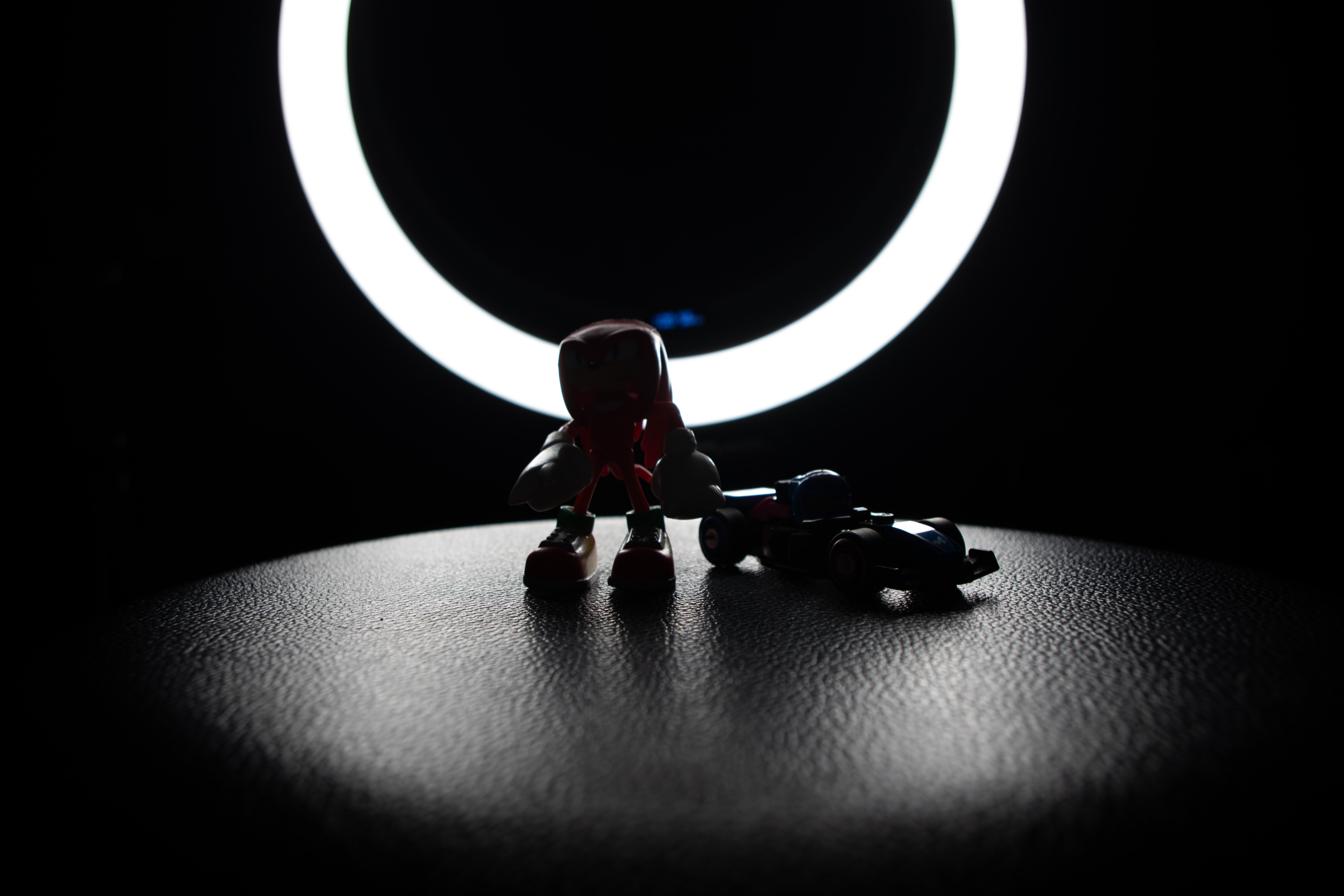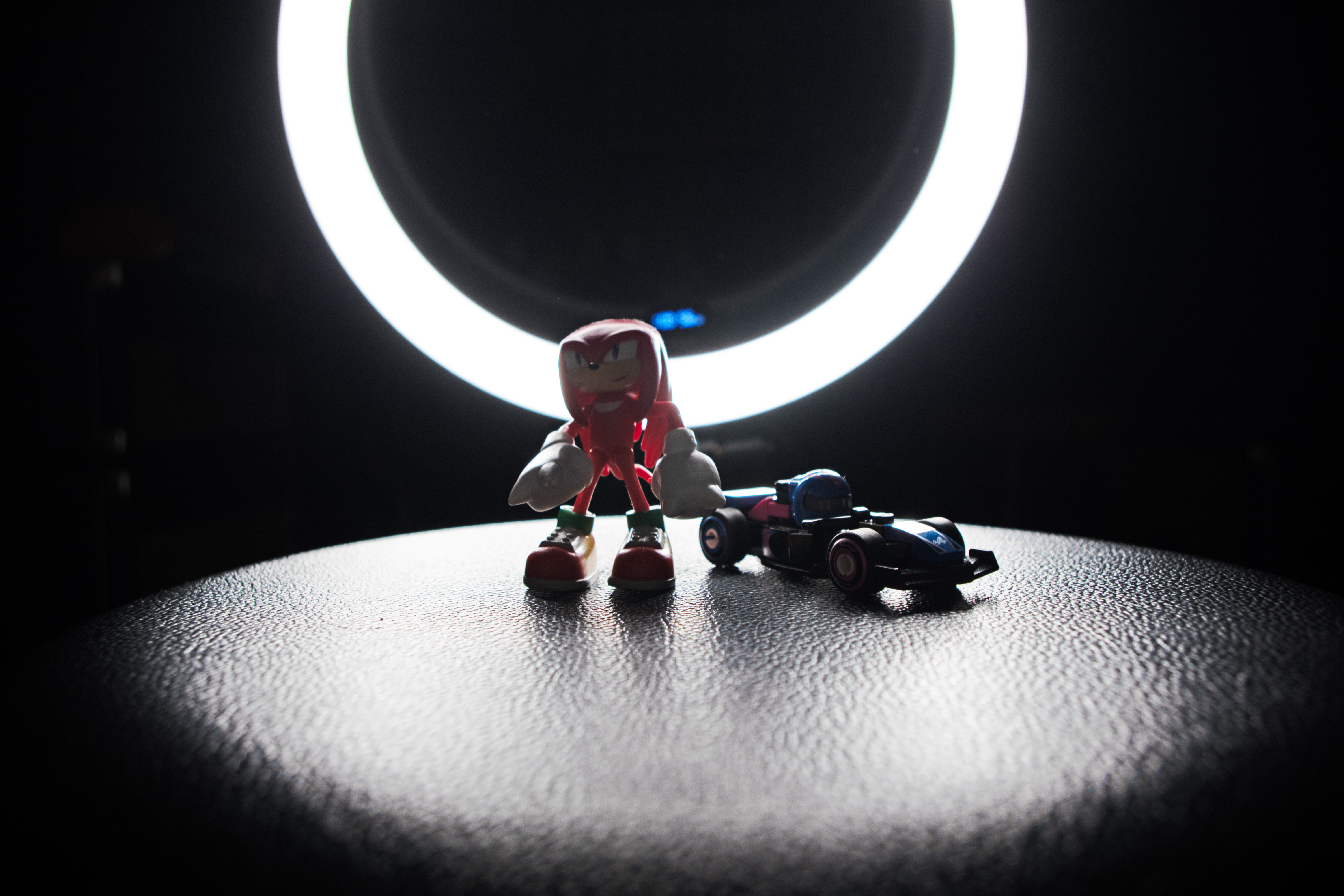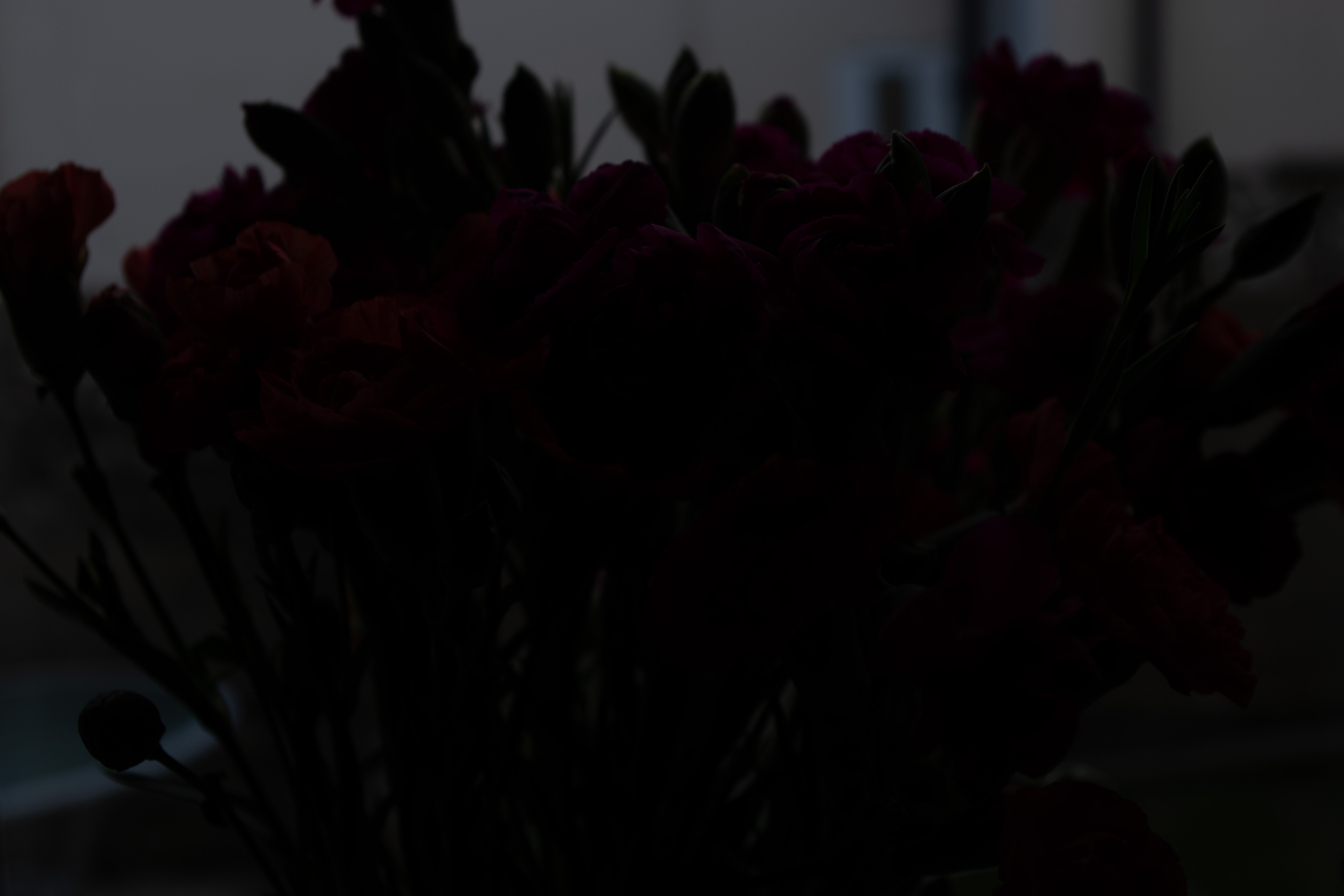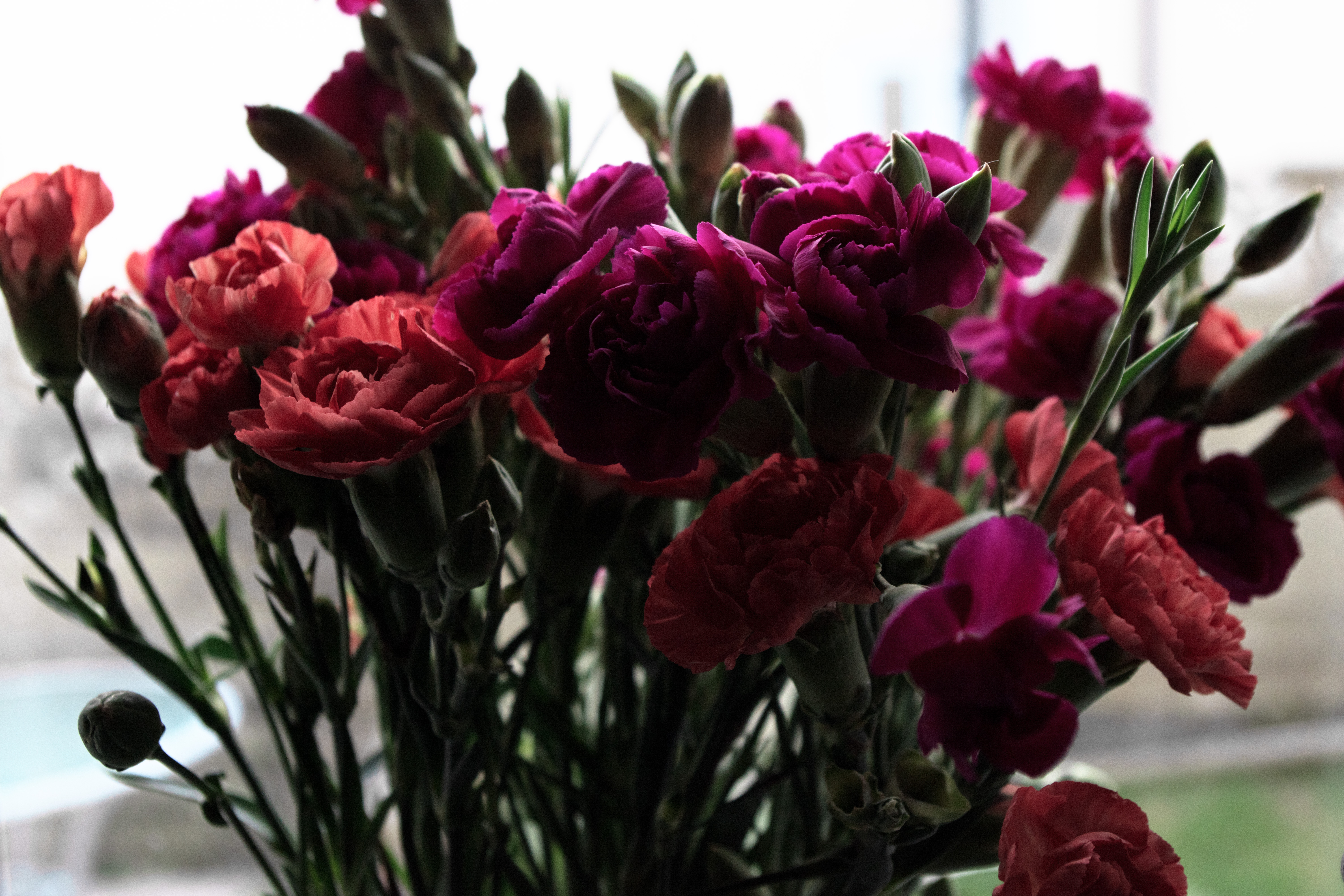Pentax KF review | Digitpatrox
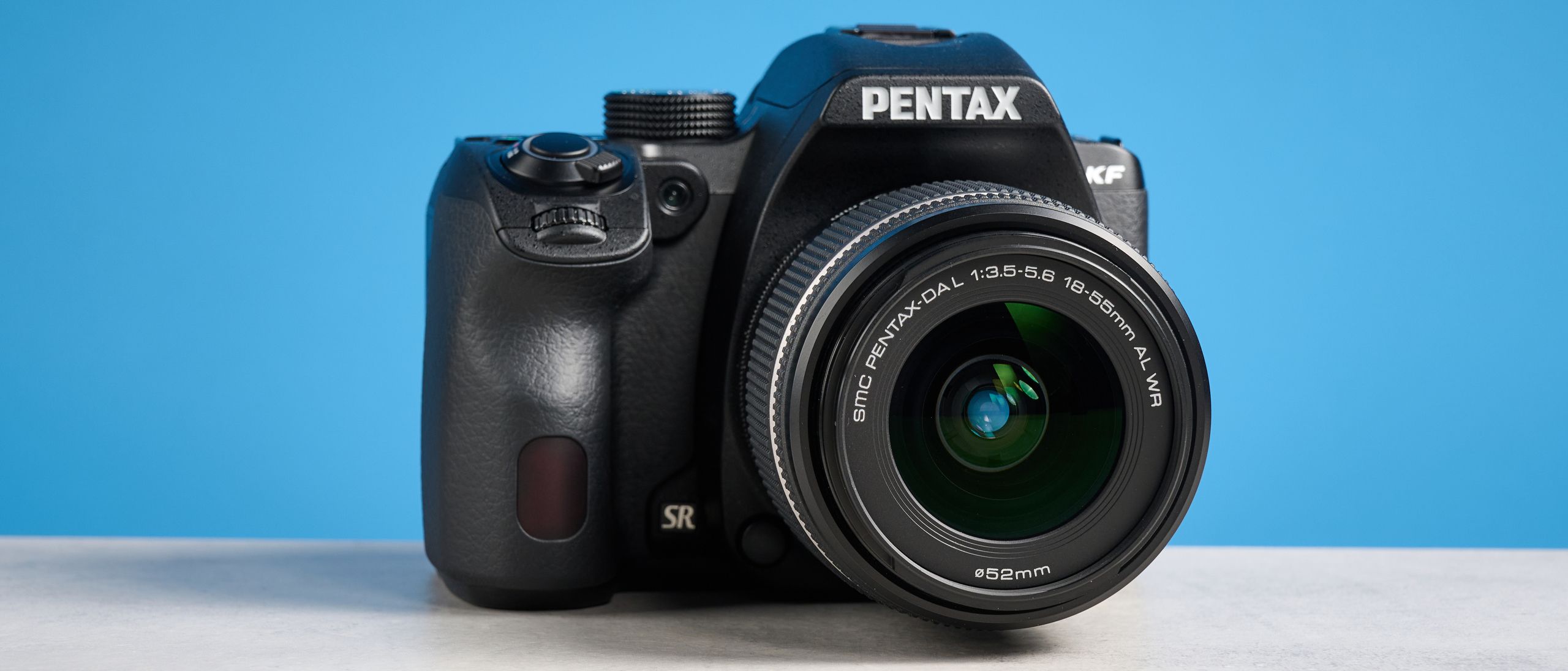
After shooting with the Pentax KF DSLR camera for a few weeks, I have to admit, it’s not going to make me switch from my beloved mirrorless. But it does have a few things going for it.
If you’re looking for one of the best cameras for beginners, the Pentax KF is a decent option — and indeed if you want a new beginner DSLR, it’s the only option. It boasts a sturdy, weather-sealed design and a convenient vari-angle LCD screen. It largely retains the core features of its predecessor, the K-70, such as a 24MP sensor and even IBIS.
The autofocus can lag at times though, and the camera is very heavy for an entry-level DSLR — especially if, like me, you are used to mirrorless cameras. Otherwise, the KF is a compelling DSLR for beginners and perhaps even enthusiasts alike.
You can find out more about the camera and its performance in this full Pentax KF review.
Pentax KF review: Specs
|
Price |
|
|
Sensor |
24MP |
|
ISO range |
100 – 102400 |
|
Viewfinder |
Optical viewfinder, Pentaprism finder |
|
AF system |
TTL |
|
Display |
3” vari-angle TFT color LCD monitor, 1037K dots |
|
Stabilization |
In-body image stabilization (IBIS) |
|
Wireless connectivity |
Yes |
|
Max shooting speed |
6.0fps |
|
Max shutter speed |
1/6000 to 30sec |
|
Battery life (CIPA) |
Approx. 460 images (without flash) |
|
Dimensions |
125.5 x 93.0 x 74.0 mm |
|
Weight (incl. battery and SD card) |
24.12 ounces |
Pentax KF review: Price & availability
The Pentax KF replaces the Pentax K-70, which has been discontinued, but the two cameras are pretty much the same apart from the higher-resolution vari-angle LCD screen and a USB-C battery charger.
The KF is available at Amazon U.S. for $596 body-only or for $696 as part of a kit that includes an 18-55mm WR lens. The camera is also available from Amazon U.K. for £849 body-only or for $949 with the lens.
The U.S. list price is a good price for a new entry-level camera, but the price point in the U.K. is not so appetizing. The Canon EOS R50 is a mirrorless camera, but it’s what we recommend as our best option for beginners, priced at $679. It features a 24MP sensor, has a vari-angle screen, and a superior autofocus system. However, it doesn’t have IBIS, so the Pentax is more reliable for getting stable handheld images, and more flexible in low light.
Pentax KF review: Design & controls
The Pentax KF is a very sturdy camera that looks a lot like its predecessor, the Pentax K-70. The all black speckled design looks really slick, and it has a chunky grip to make handling a breeze. The neck strap that comes with the Pentax KF is very secure and also looks really sleek with the Pentax logo down the length of the strap. The Canon EOS R50 is another option for a small step up from beginner as an entry-level full-frame camera. It looks just as sleek as the Pentax and has similarly tactile controls.
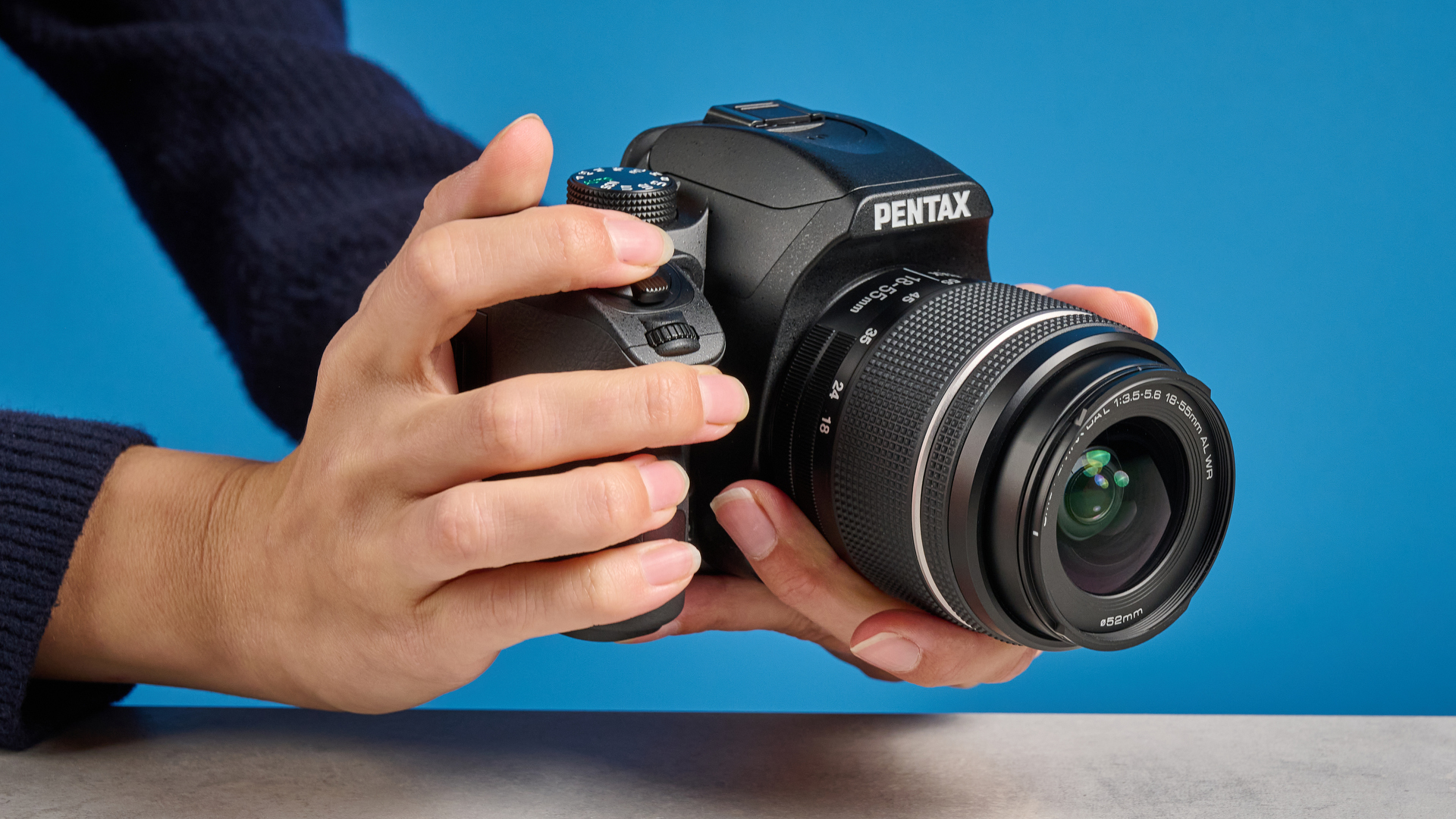
The build of the Pentax is incredibly sturdy, and although it’s generally a lot heavier than the mirrorless camera models I’m used to, I have no issues handling it. At 24.12 ounces without a lens, it’s 0.14 ounces lighter than the discontinued Pentax K-70, but that’s not going to make any sort of difference. It’s heavier than my usual Sony a6100 ($848) mirrorless camera, though, which weighs in at 13.97 ounces, and I did miss having a lightweight mirrorless around my neck instead. Generally speaking, DSLR cameras like the KF have bulkier bodies to accommodate the internal mirror and prism for the optical viewfinder.
The camera measures 125.5 x 93.0 x 74.0 mm, and I actually like how bulky the camera felt in my hands. I felt like it gave me a lot more control when using the camera at odd angles.
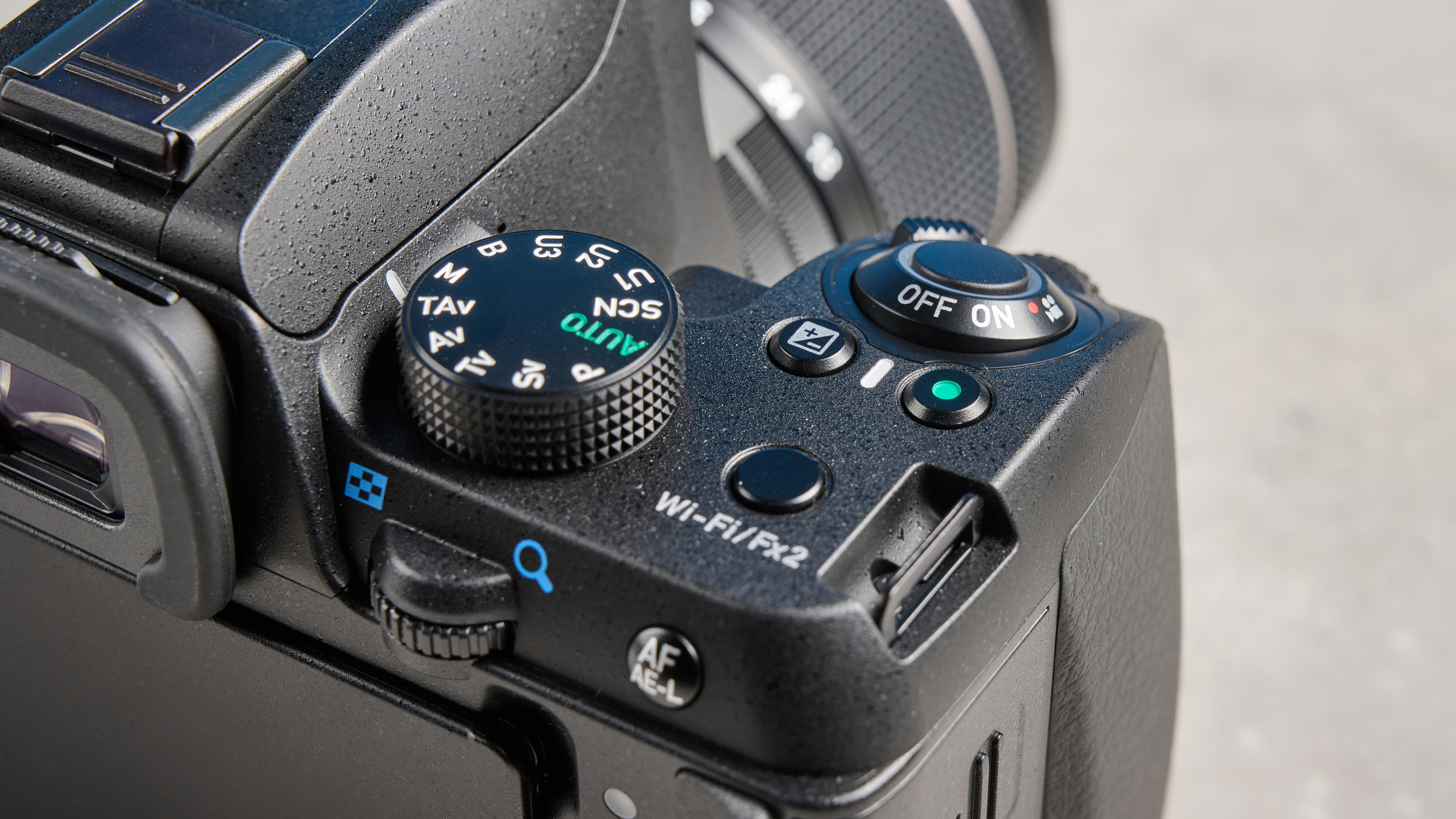
However, the bulkiness affects portability, so if that’s important to you then consider one of the best mirrorless cameras instead. Mirrorless cameras like the Fujifilm X-E5 are often a lot smaller in size. This doesn’t seem like much of a difference, but I found the X-E5 to be far easier to use and a lot more portable when shooting with it in Valencia last summer.
Display & viewfinder
The Pentax KF has a three-inch TFT color LCD vari-angle 1037K-dot display screen and an optical viewfinder with 100% field view and 0.95x magnification. The three-inch vari-angle LCD screen is similar to the EOS R50, as the screen can flip out and rotate 180º. It is very useful for getting shots at lower angles when using live view.
When not being used for live view, the screen of the Pentax KF displays camera information, including the current primary settings and the focus zones. This came in super handy when I was manually altering my settings.
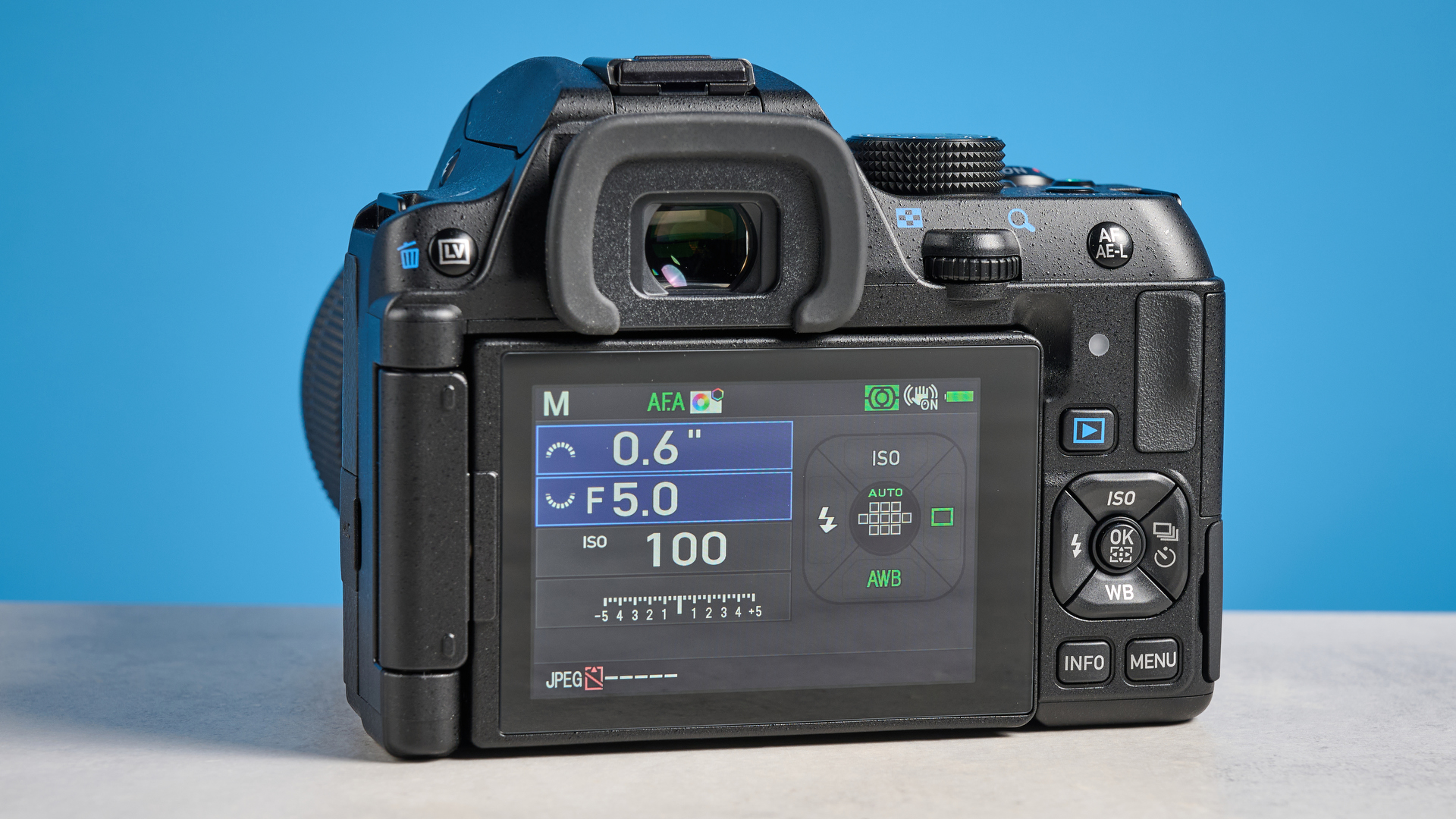
The optical viewfinder meant I could see my field of view in real time without any lag. And I wasn’t dealing with camera information displayed over the image. This is a major advantage to DSLRs that mirrorless cameras like the EOS R50 can’t match, as they have electronic viewfinders which essentially show a real time video of your frame.
Key information is still displayed along the bottom of the KF’s OVF to show your exposure and what settings are in play. At the same time, all the settings being used are displayed in more detail on the LCD screen.
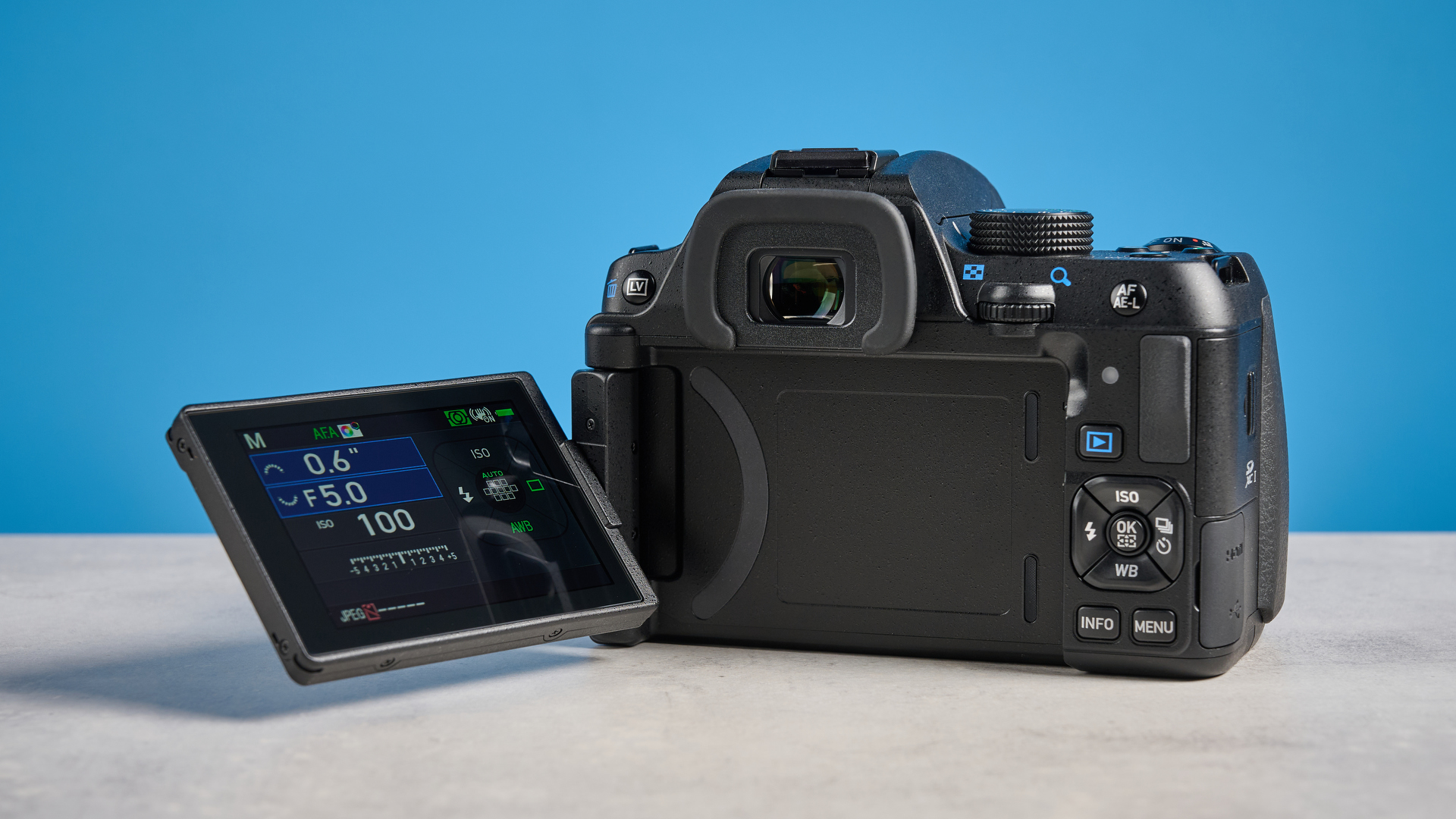
As someone used to a mirrorless camera, the OVF took a second to get used to after being reliant on EVFs for so long. There is a slight learning curve as the OVF meant I wasn’t able to see and judge the exposure of the image before taking it. Seeing your exposure in an EVF, as you’ll be able to do on the EOS R50, can be more useful for beginners, although there’s an argument that using an OVF takes more skill and could be better in the long run.
Either way, if the viewfinder isn’t your first choice, the KF also features a Live View mode for seeing your frame and exposure in real time on the rear display.
Connectivity
The camera has an HDMI and USB connection on the right side, which can be used for shooting tethered and transferring pictures from the camera to your computer. The camera also has Wi-Fi, so the pictures can be transferred straight to your phone with the Image Sync app.
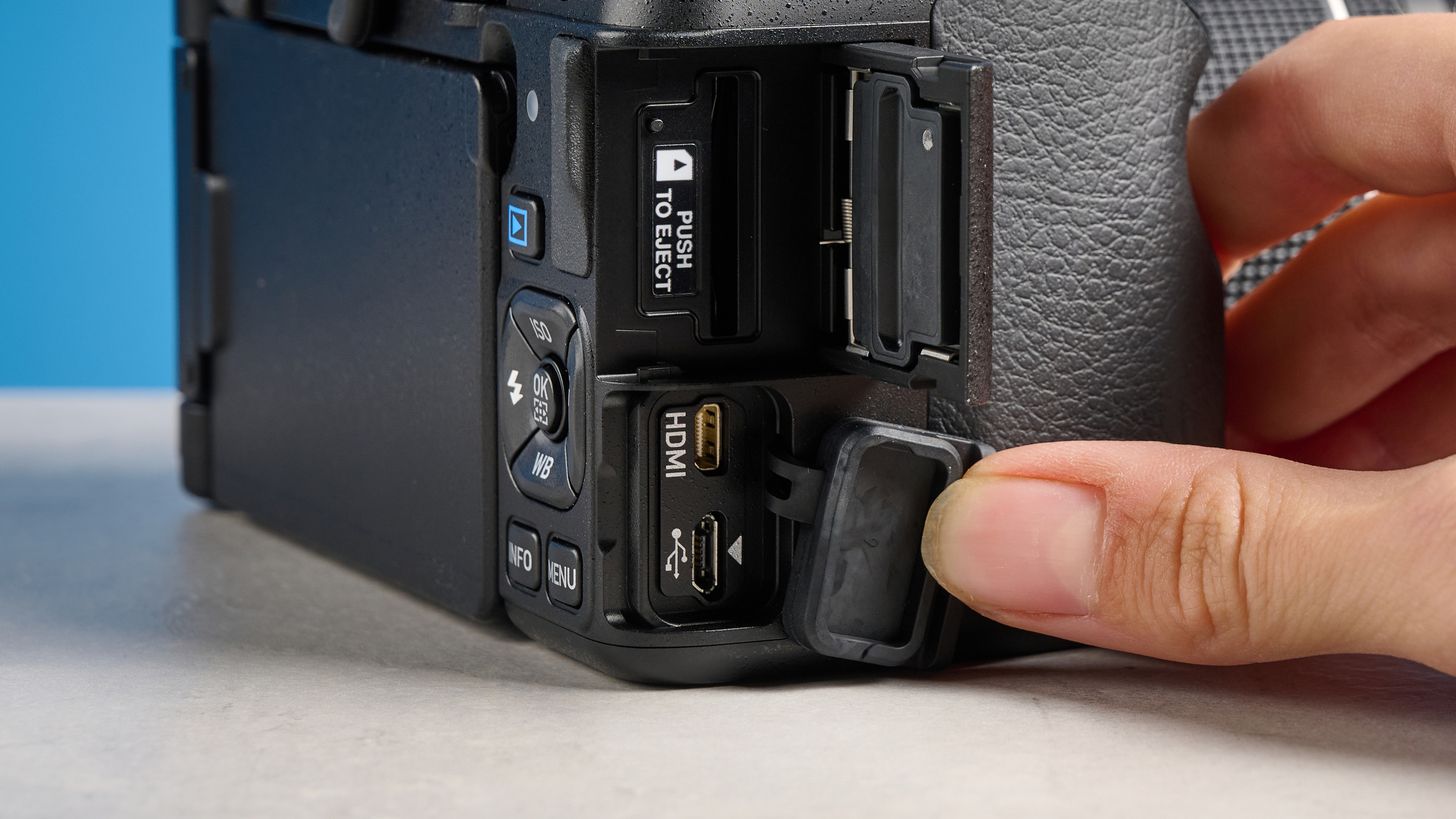
These ports are just below the SD card slot. There is only room for one SD card, so no second card for back-ups, meaning you’re stuck if your card corrupts. A single card also affects shooting speeds and buffer times, although it’s par for the course in this price range. The EOS R50 and Nikon Z50 II also have a single card slot. You’ll need to step up in price to a Fujifilm X-S20, Nikon Z5II, or Canon EOS R7 for dual slots.
There is also a port on the left side for microphone connectivity when shooting video.
Weather sealing
The camera is weather-resistant and dustproof, so you don’t have to worry if you encounter some light rain in your outing. When I took the camera on a walk around the reservoir, it started raining, but I had no issues using the camera in these conditions, and it still works just fine.
Pentax KF review: Controls
Although the camera is pretty small, it still manages to fit on a whole bunch of dials and settings. There is a dial at the top right that changes the camera shooting settings, and the dials on the front and back of the camera control ISO, exposure, shutter speed, and aperture. There is also a button on the left side of the camera to quickly switch between RAW and JPEG files.
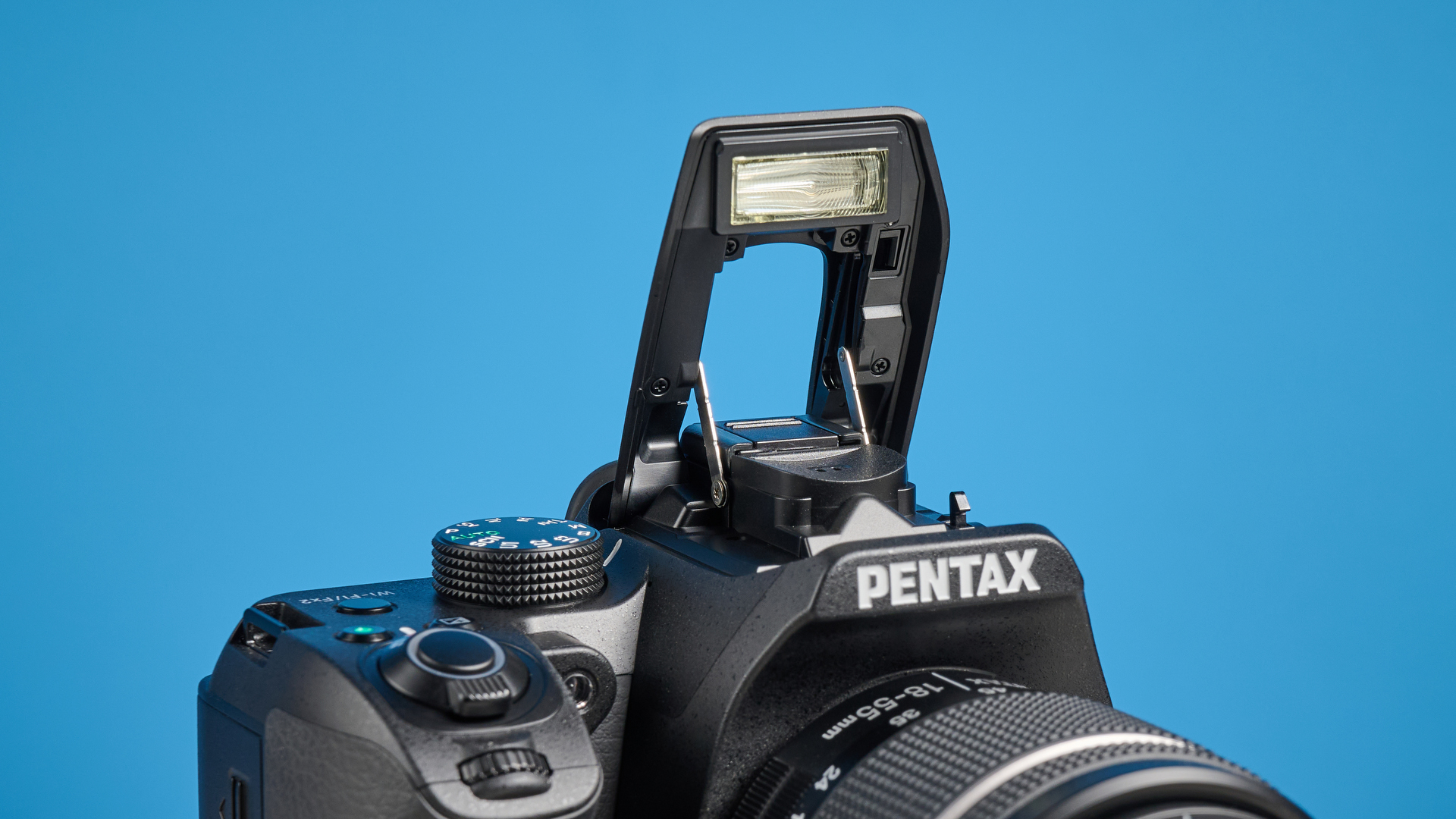
The controls were very easy to get the hang of, once I knew which dials were in play based on which setting was being used. Everything is within a finger tip’s reach when you are holding the grip of the camera, making it very easy and comfortable to operate.
The menu for the camera is very user-friendly, and I was able to navigate it and change settings pretty quickly. I felt like I had plenty of control over the camera with all of the settings available to me.
Pentax KF review: Autofocus
I appreciated the autofocus capabilities of the Pentax KF, although I wish it were quicker at times. The camera hosts an 11-point AF system that can track moving subjects and face recognition that can detect up to 15 faces in frame. Comparatively, the Canon EOS R50 has 651 points of focus and has subject detection for human eyes and faces, which is great for such an affordable camera. In fact, we were seriously impressed with the EOS R50’s AF in our review — it’s the best AF in an entry-level camera.
The autofocus of the Pentax KF works effectively most of the time; however, at times it was a bit temperamental. I would half-press the shutter button to activate the autofocus, and the camera would lag or not focus at all. I could only solve this by switching the camera off and on and trying again.
The camera can, according to Pentax, focus down to EV-3. This is only a stop brighter than the EOS R50 which can focus down to EV-4. However, when real world testing in lower light conditions, I found the autofocus struggled. The KF found it very hard to lock onto subjects, so I needed a little patience. Despite this, it (eventually) managed to focus on the buds of the flowers above, which was shot in dim conditions, and I’m pretty happy with the results.
The AF did a good job at tracking moving objects in bright conditions, such as my dog walking towards me in the photo above. This is something that my Sony a6100 struggles with, so I was impressed with the Pentax KF’s tracking ability.
The KF also features human face detection, which works well. I took the picture above of my mom and dad using the face detection mode, and as you can see, the camera has locked onto their faces. The camera is able to detect up to 15 faces at once. The Canon EOS R50 has Dual Pixel CMOS AF II, which offers a wider range of subject detection, including animals. And since the R50 can lock in on eyes and not just faces, it is better for more precise focus when shooting portraits.
Pentax KF review: Stabilization
The Pentax KF has the same in-body image stabilization (IBIS) system as the Pentax K-70: the Pentax shake reduction system. This also uses a pixel shift resolution system, which captures multiple images before combining them to create a composite image, so there’s a fair bit at work here to reduce the effects of any shake.
For these images, I was able to shoot down to 1/5 second handheld and still achieve a sharp image. When this was reduced down to 1/4 second, the sharp lines were lost, and I could see the blur from the handheld camera shake.
The camera can shoot at such slow shutter speeds, even though I was shooting handheld, because the IBIS system is working hard. The EOS R50 doesn’t have an IBIS system and won’t be able to shoot at such slow shutter speeds without an optically stabilized lens, so the Pentax KF takes a win here.
Pentax KF review: Image performance
The Pentax KF features a 24MP CMOS APS-C sensor, which is the same as its predecessor. Rival cameras like the Canon EOS R50 and the R100 have 24MP sensors, so for an entry-level camera, this is exactly what to expect. The images on the Pentax KF came out sharp and clear with great real-world color representation.
The 24MP resolution is a great starting point for beginners, casual photography, and online sharing.
However, if you want to do large-format printing or more towards crop-heavy genres like wildlife photography, which requires more intense cropping on distant subjects, you’ll need a higher resolution sensor. For crisp distant crops, you’ll want to look at something like the Fujifilm X-T50, which has a 40MP sensor.
The colors produced by the Pentax KF are very impressive and true to life. In this picture of the lake, the blue of the water is incredibly vibrant, and I have not experienced such bold colors with real-world replication with a camera before.
And in the picture of the berries, the glossiness of the fruit is captured extremely well without losing any of the effect from the bright red colors. The images feel completely natural.
I was very happy with the images I captured with the camera. There are no extra color profiles with the camera. But I made some edits in post, as you can see in the black and white portrait of my dog.
ISO performance
The camera has an ISO range of 100 – 102,400. To test the ISO performance, I cycled through a few settings to see where the camera starts to struggle.
These two images were captured as RAW files on the camera and exported as JPEG files in Photoshop. At ISO 12,800 in the first image, the image is still definitely usable, which is a great result, as this is a high ISO value.
There is naturally some noise, especially visible in the darker parts of the image, but on the whole, the image still looks really good for such a high sensitivity. In the second image at ISO 16,000, the darker areas of the image begin to struggle, and the whole image looks grainy, even in the lighter areas, rendering it unusable. I would stop at ISO 12,800. But this is impressive performance for an APS-C sensor and ISO16,000 isn’t totally ruined.
The above images are out-of-camera JPEGs, with in-camera noise processing applied. The camera worked to correct some of the noise in the darker areas of the image, and there is a little bit of definition lost due to the noise suppression. That being said, the image is still usable. Even at ISO 16,000, you get more of the same, and you can still come away with decent shots. This is very impressive for an entry-level camera.
High speed performance
The camera shoots at 6fps for up to 40 frames JPEG, and up to 10 frames RAW. I was able to capture images of my dog moving across the garden with ease.
I noticed the camera began to lag toward the end of the burst of images while the camera was writing to the SD card, but the shots were still usable. Again, a single SD card slot is all you can expect in this price range, so buffers filling in continuous drive is an occupational hazard.
Dynamic range
To test the dynamic range of the camera, I set up my subjects, a Lego F1 car and Knuckles, in front of the Neewer RP19H ring light, which you can see in the first image. The camera has an ISO range of 100 to 102,400, but for these pictures, the ISO is set to 100, the lowest sensitivity.
In the second image, I have increased the shadows and exposure to bring out the detail in the subjects. As you can see, the camera does a good job at retaining detail even in very challenging lighting conditions. The highlights in the image also remained fairly under control.
I repeated this test in more natural conditions with a bunch of flowers in front of a window and revealed plenty of shadow detail in the petals of the flowers. The shadows are also very clean and noise-free.
Video
To test out the video capabilities of the camera, I recorded a video of my dog. I took the video with the camera handheld and was able to get pretty steady footage thanks to the IBIS. The mic does pick up wind buffeting though, and the 18-55mm WR lens is very noisy when focusing, as you can hear on the video.

The camera exports the files in .MOV or MP4. It shoots in 1080p at 30fps, which is a shame as 4K would’ve made this camera a viable tool for content creators, especially given the IBIS. If you want high quality video, check out the Canon EOS R50 V, or something with IBIS like the Fujifilm X-S20 or Sony a6700.
Pentax KF review: Battery life
The Pentax KF has a CIPA-rated battery life of approximately 460 images when the flash is not in use. However, I took 354 images with the camera and still had about 50% remaining.
As someone who mostly uses their camera for fun when I am out walking, this was more than enough for me for the day. However, suppose you are using this camera more intensively. In that case, you may want to consider packing an extra battery, especially if using the onboard flash, which drops the shot count to 400 images.
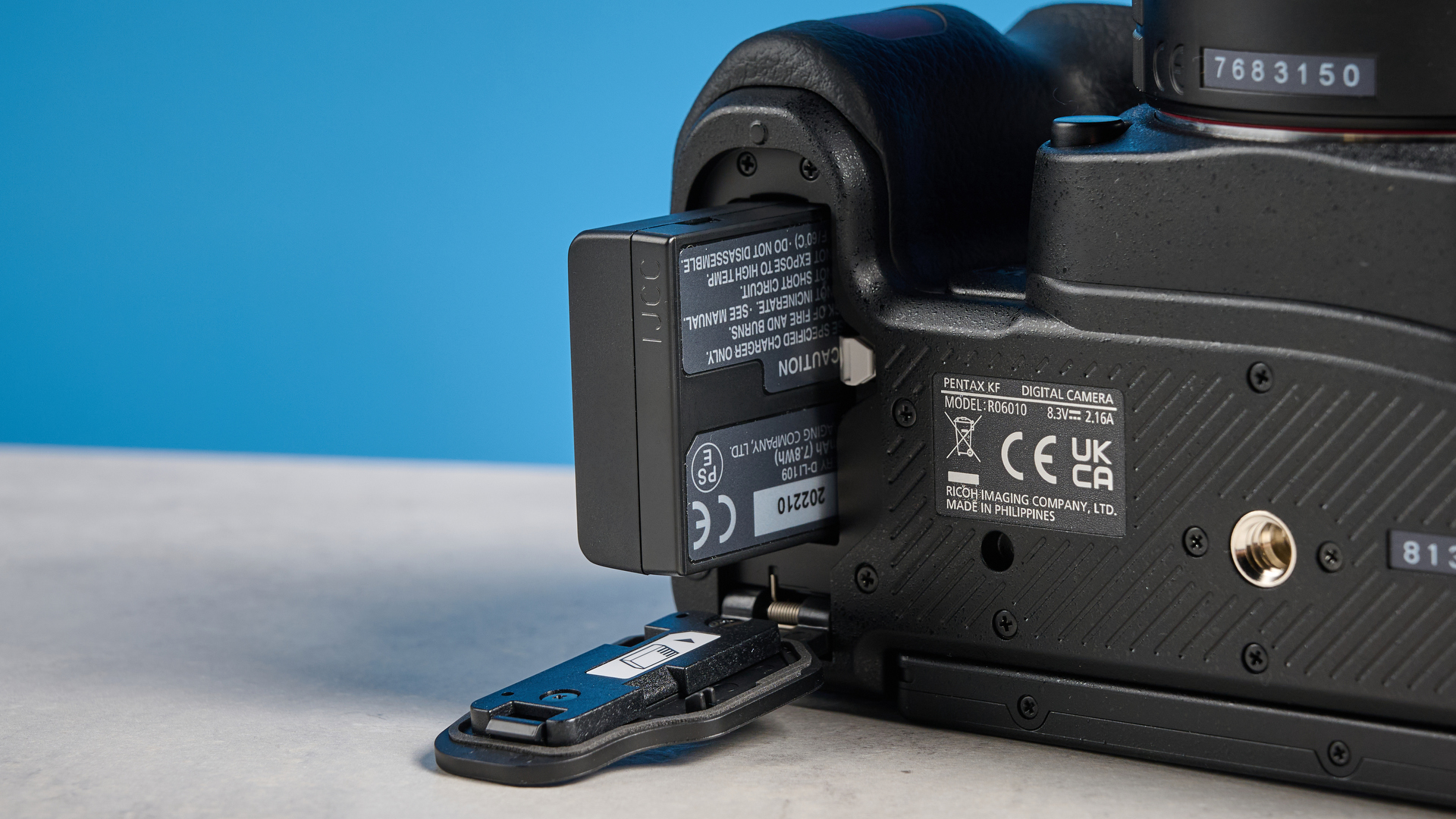
One of the only benefits of DSLRs over mirrorless cameras is typically their battery life, with many mirrorless cameras offering sub-400 shots per charge (mirrorless EVFs and more advanced AF systems are more power hungry). That said, the EOS R50 offers 440 shots per charge, so the KF’s 460-shot rating isn’t that impressive for a DSLR.
The KF’s lithium-ion battery is rechargeable by USB-C or the mains charging adapter that comes with the camera — the latter being a rarity these days.
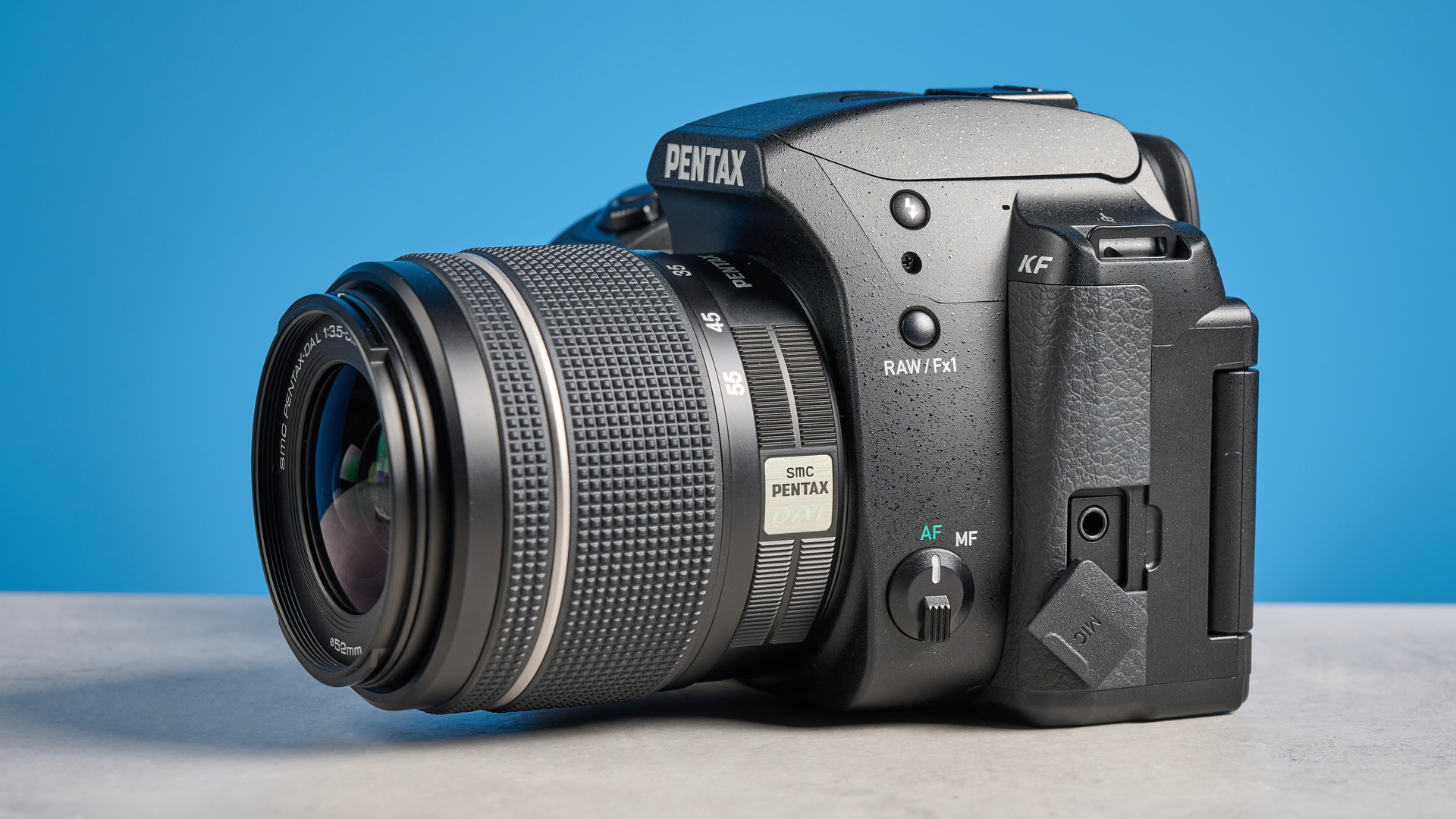
I had a few issues where the camera would freeze from time to time, and the only solution was to remove the battery and restart the camera. This was annoying, but it seems to be isolated to the unit I was testing, as I can’t find any other instances of this in online discourse.
Pentax KF review: Verdict
The Pentax KF is a decent DSLR camera, especially for beginners (in the U.S., as the U.K. price is very high). The camera takes great photos and packs some useful features such as fac detection and IBIS. It’s also weather sealed, making it great for getting action shots out in the wild, and the vari-angle LCD screen makes it easy to use in a variety of situations.
That said, if you’re looking to upgrade from the K-70 the KF definitely doesn’t pack enough extra features to justify it. The autofocus is also behind the curve given today’s modern mirrorless powerhouses — it’s laggy at times and not very good in low light. The camera is also very heavy if you’re working with it for a long time. For me, mirrorless will always be the winner, but if you absolutely want a DSLR, the KF is a great entry point for new photographers.
Source link


